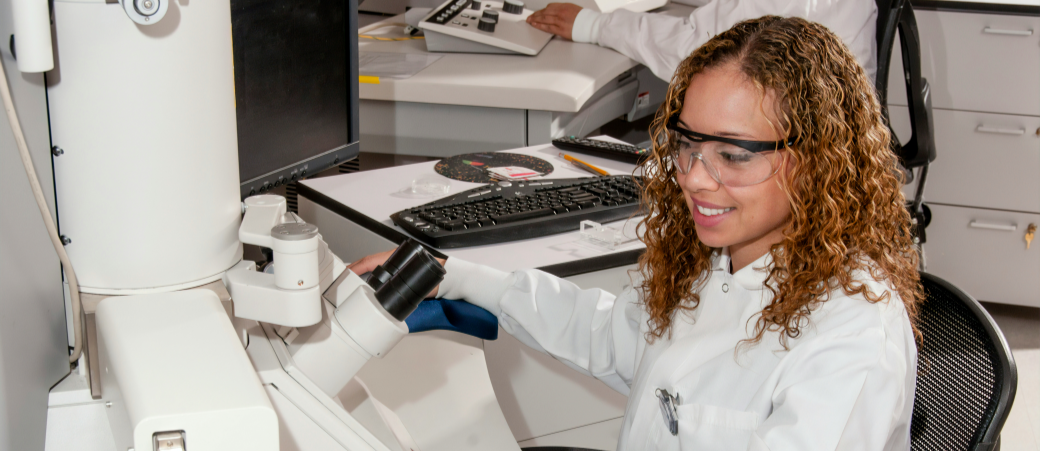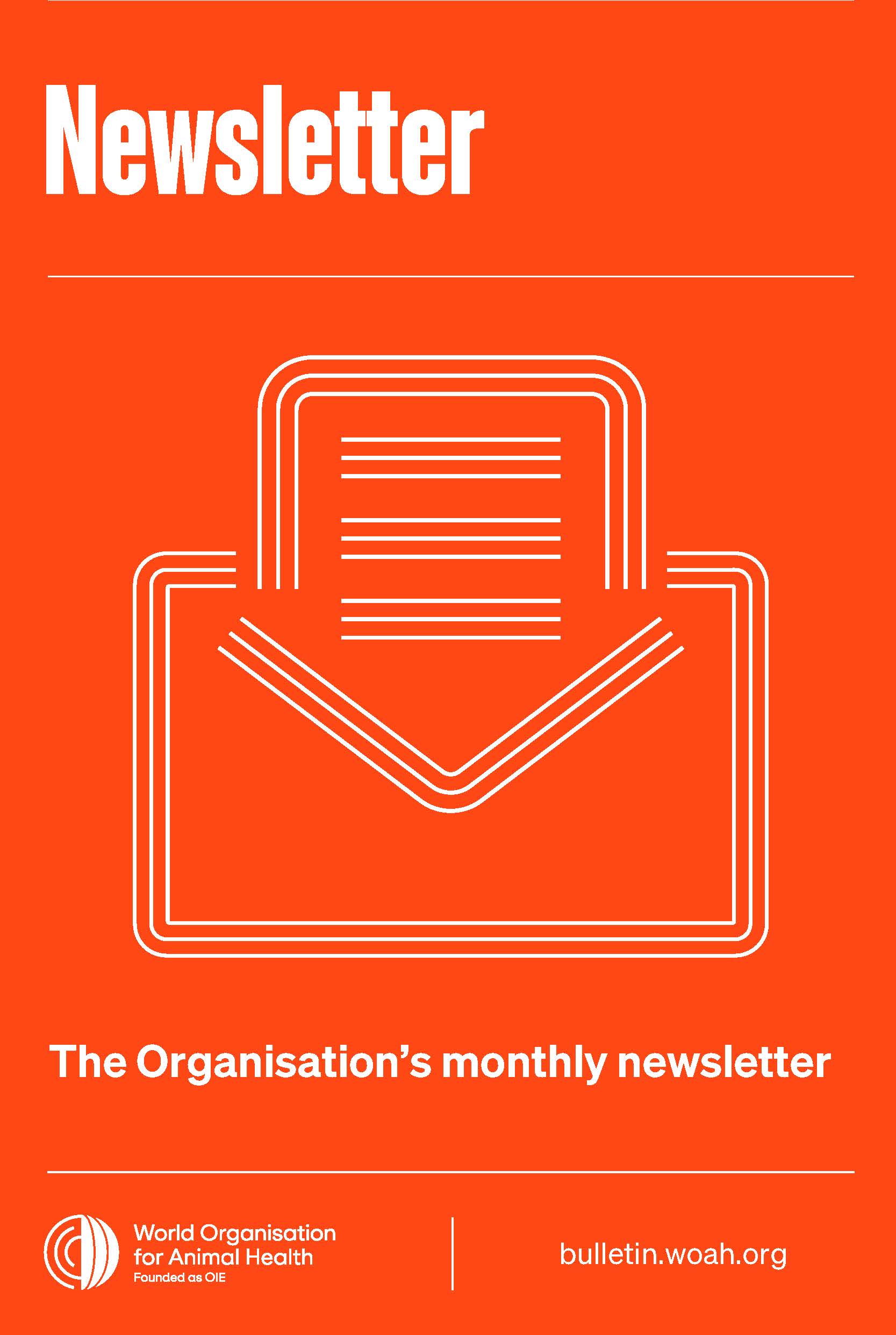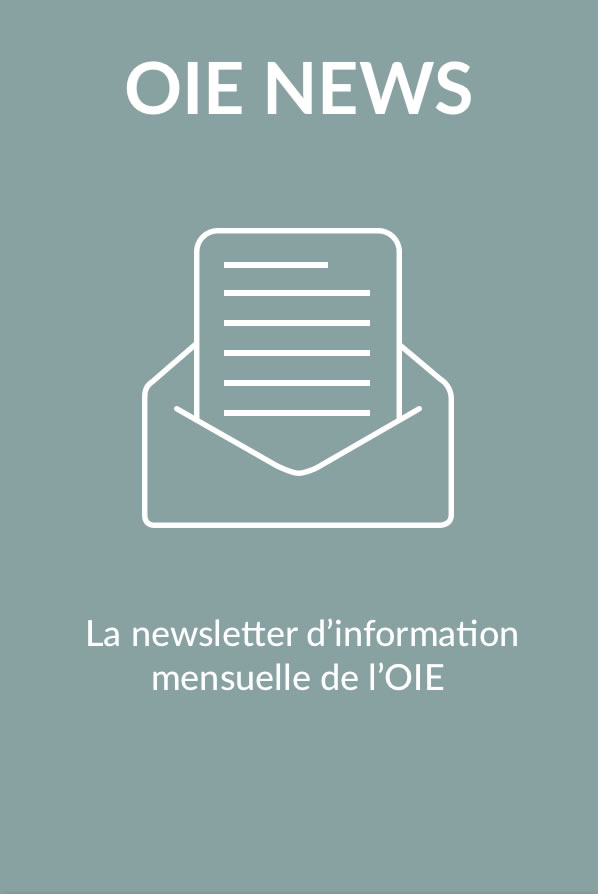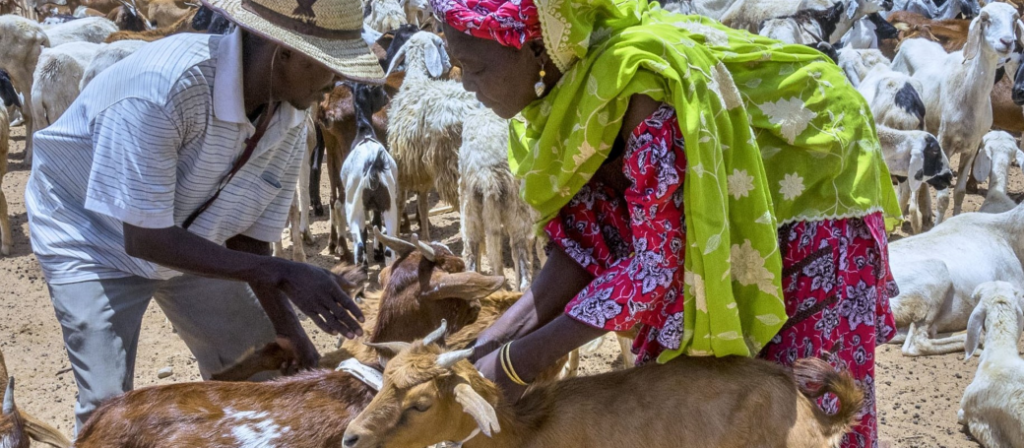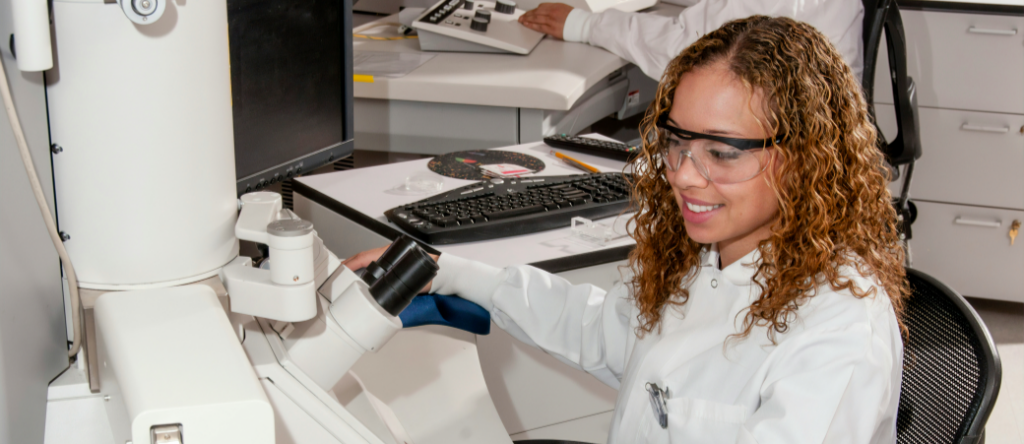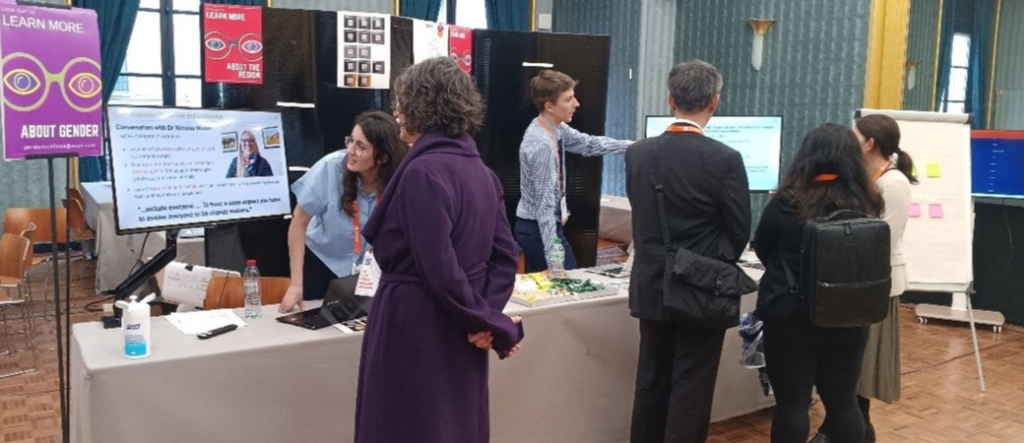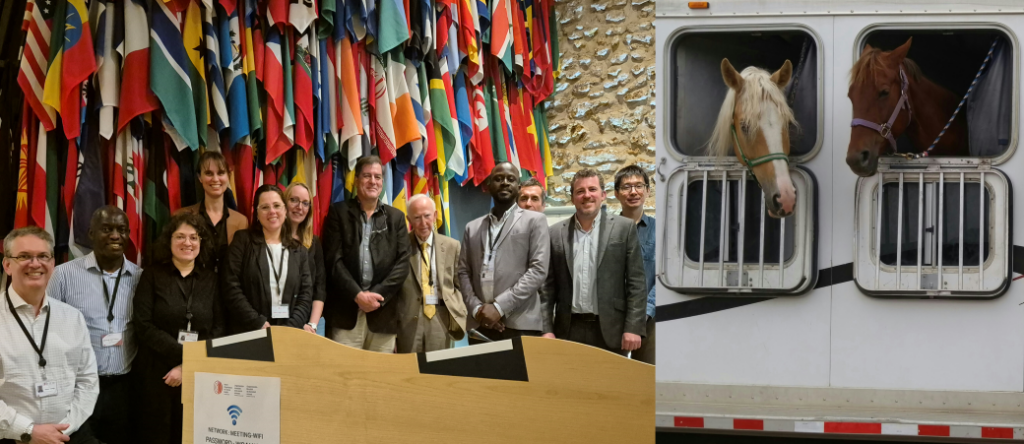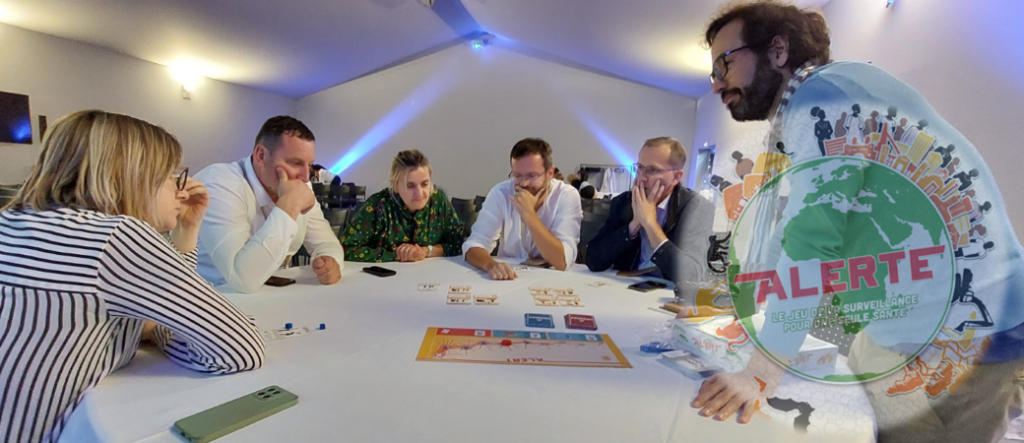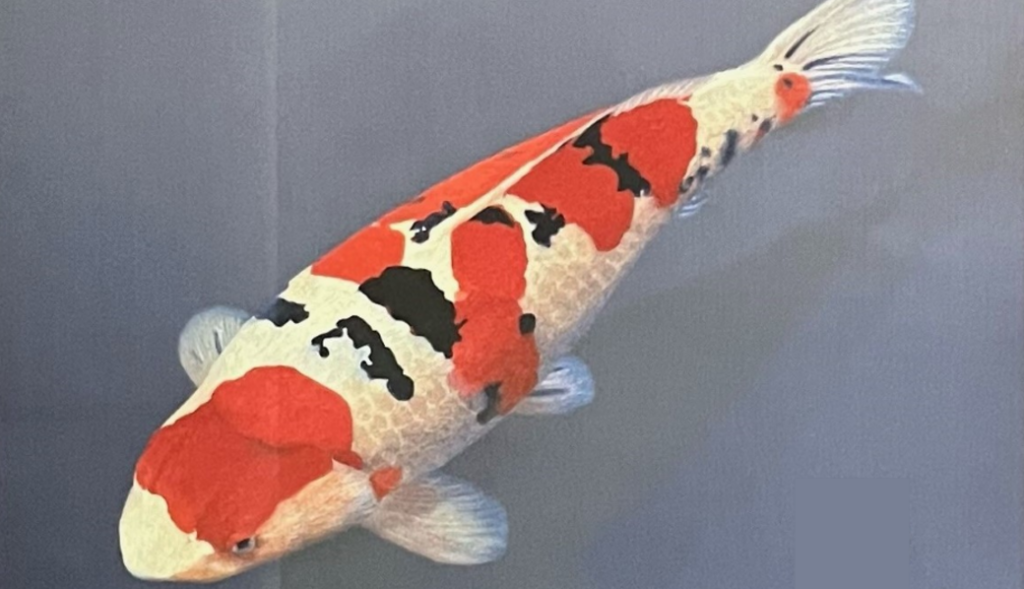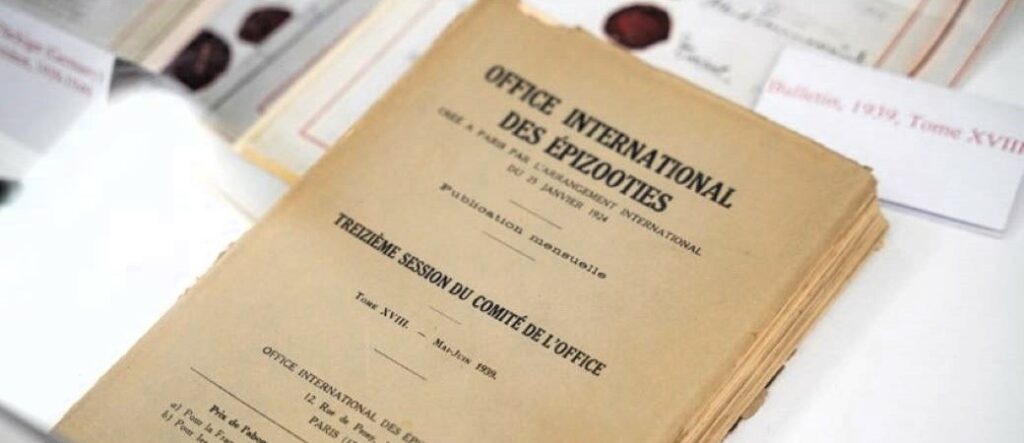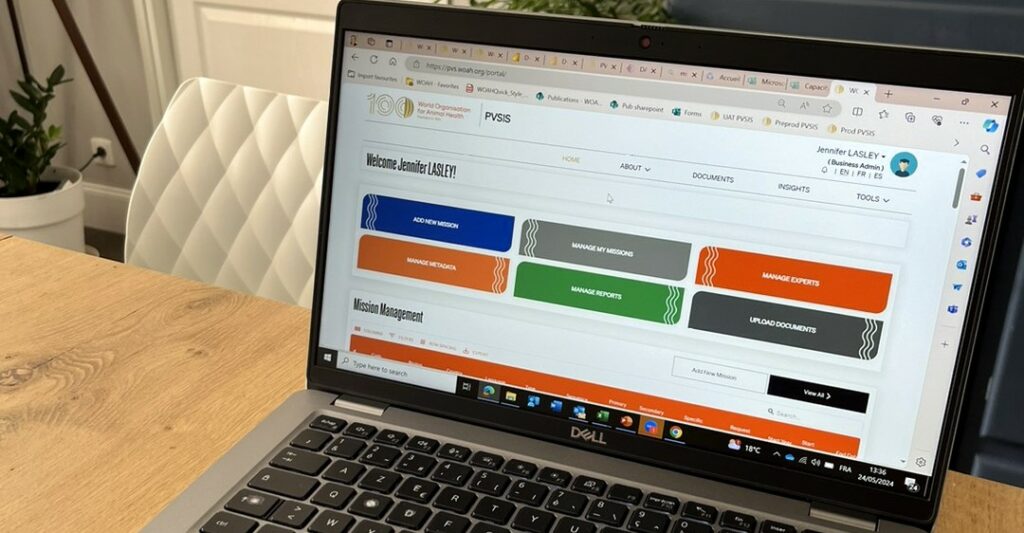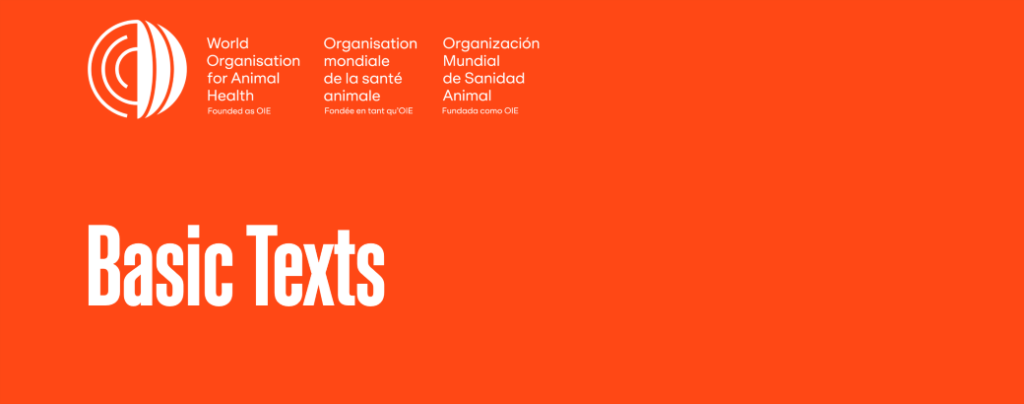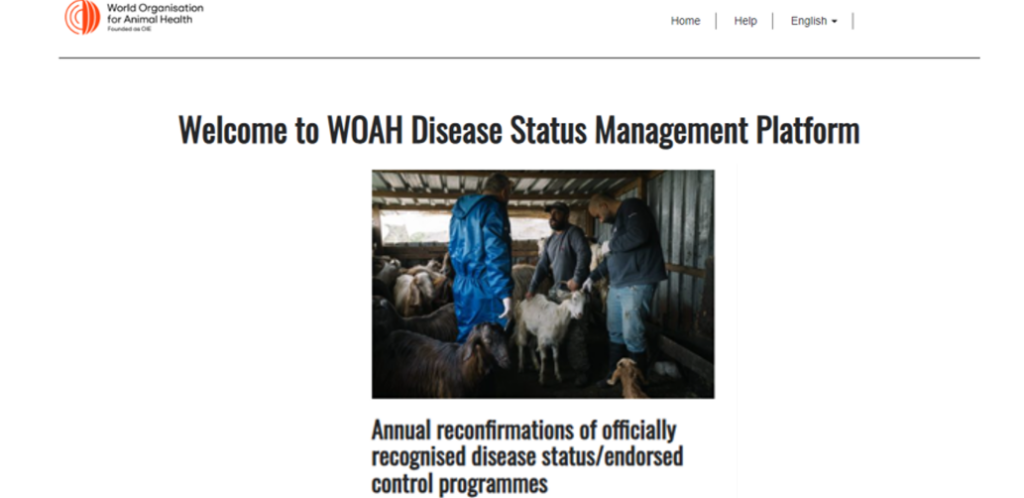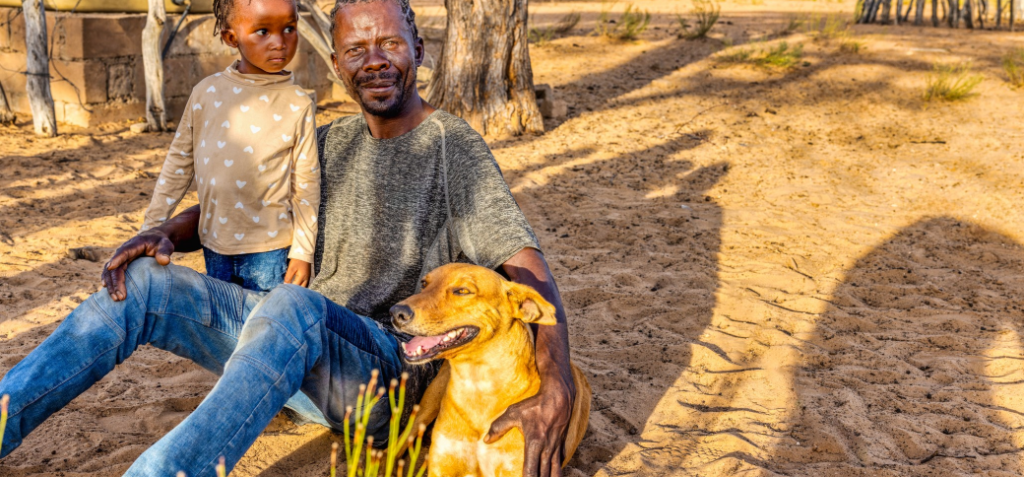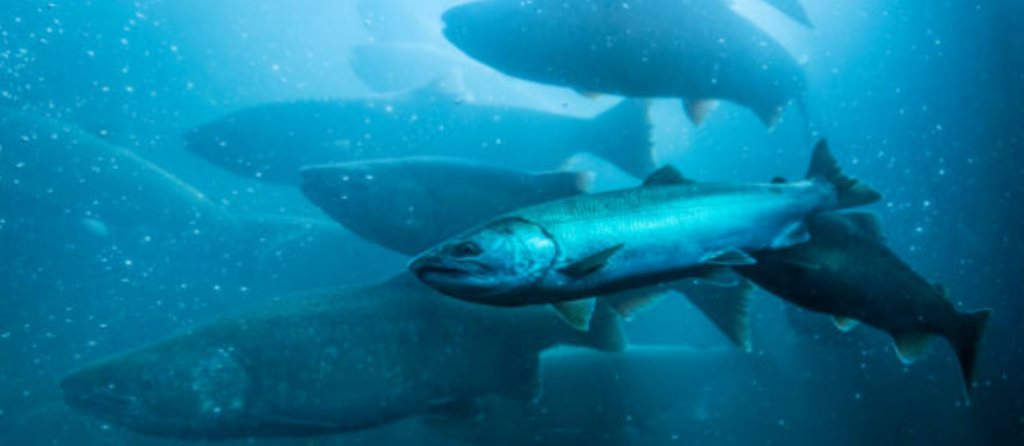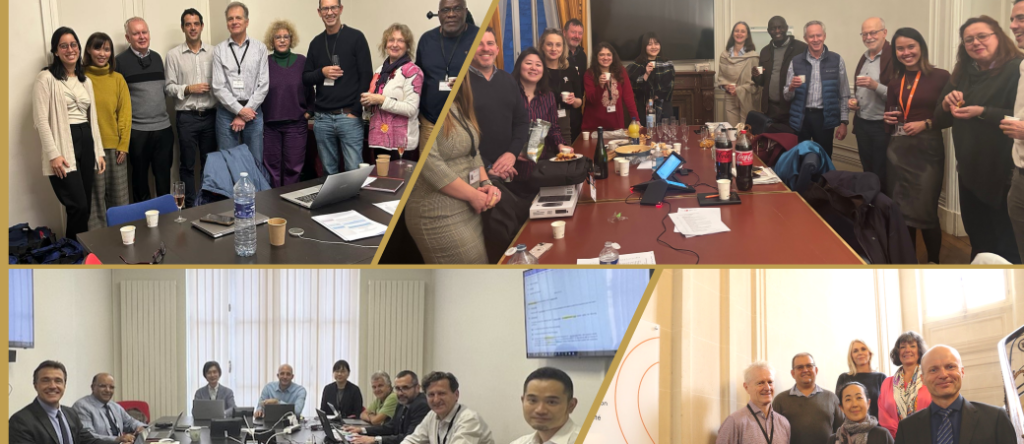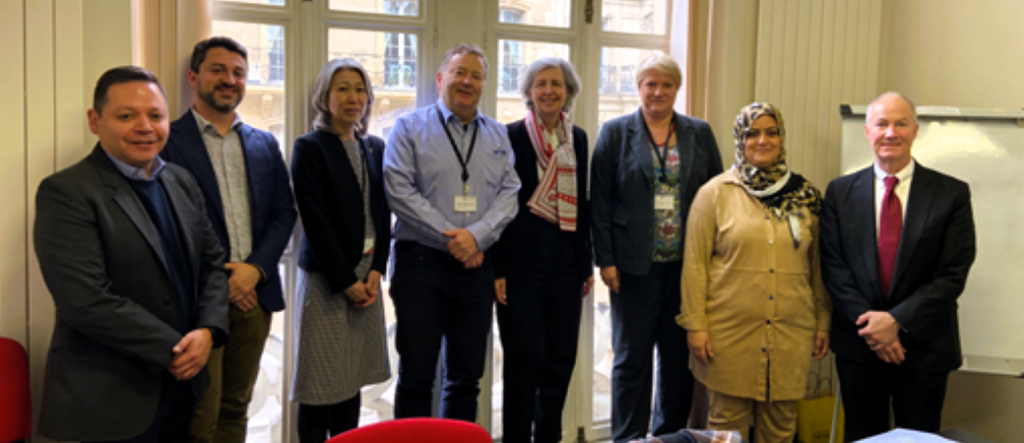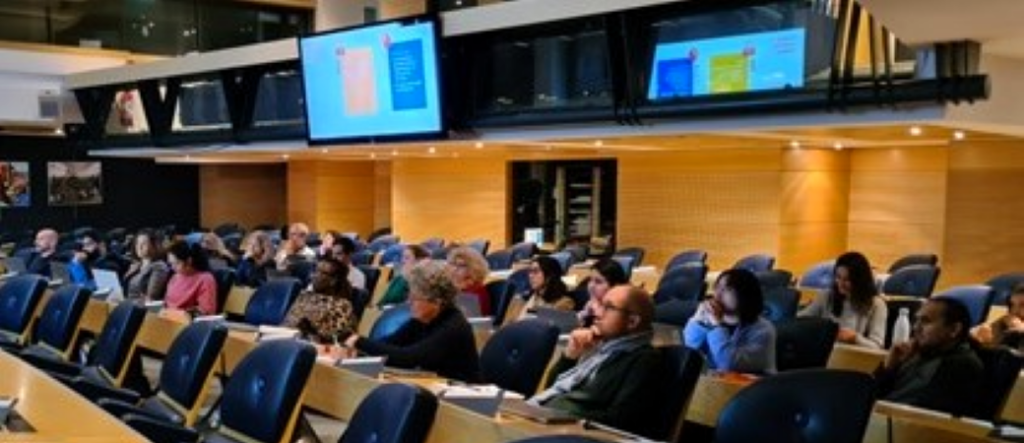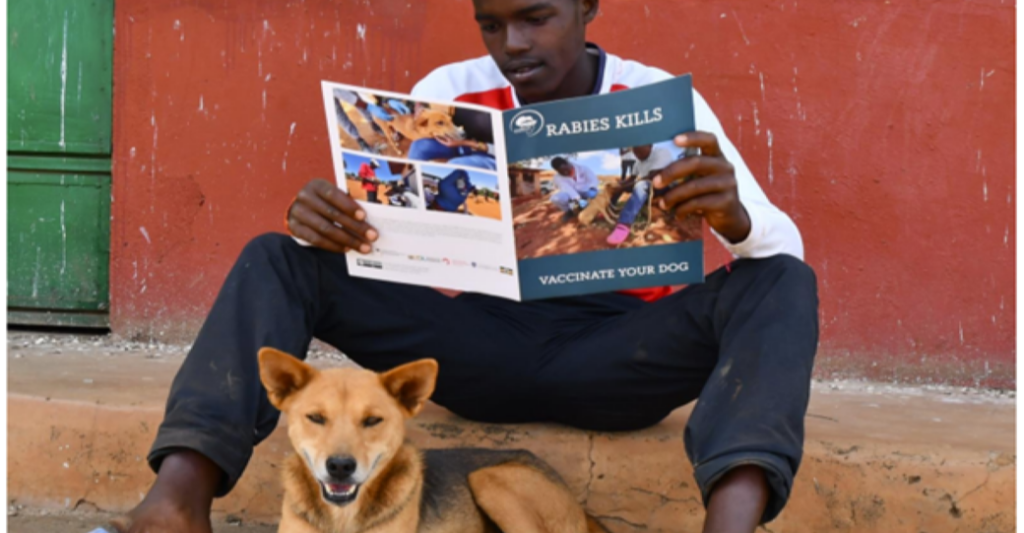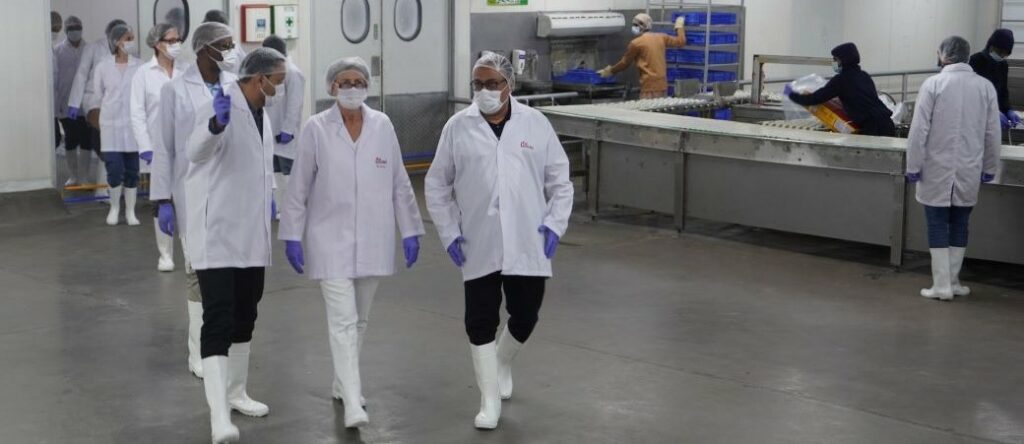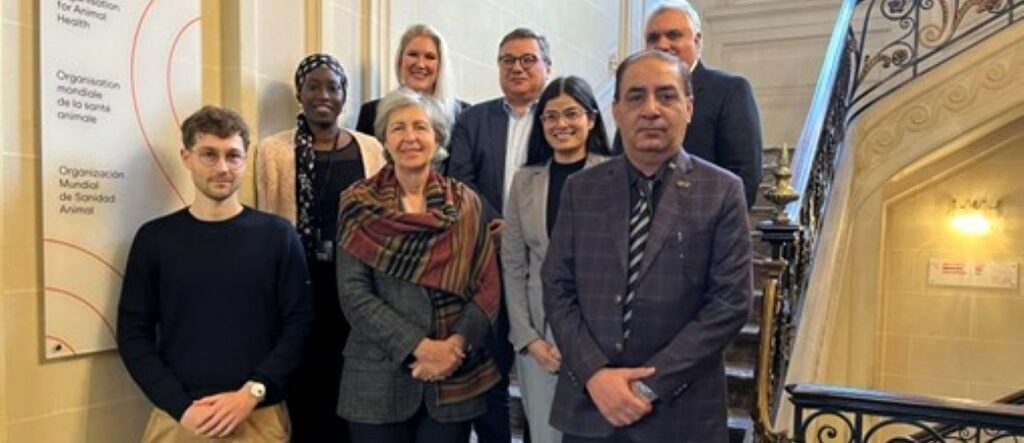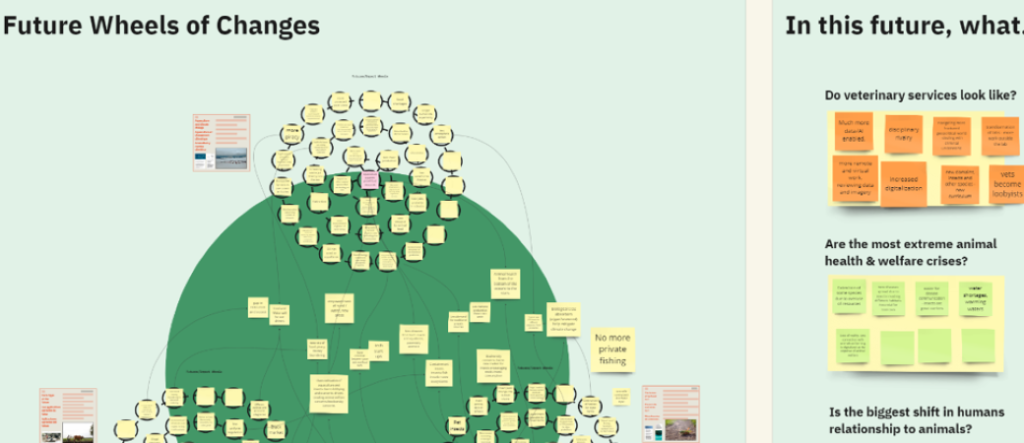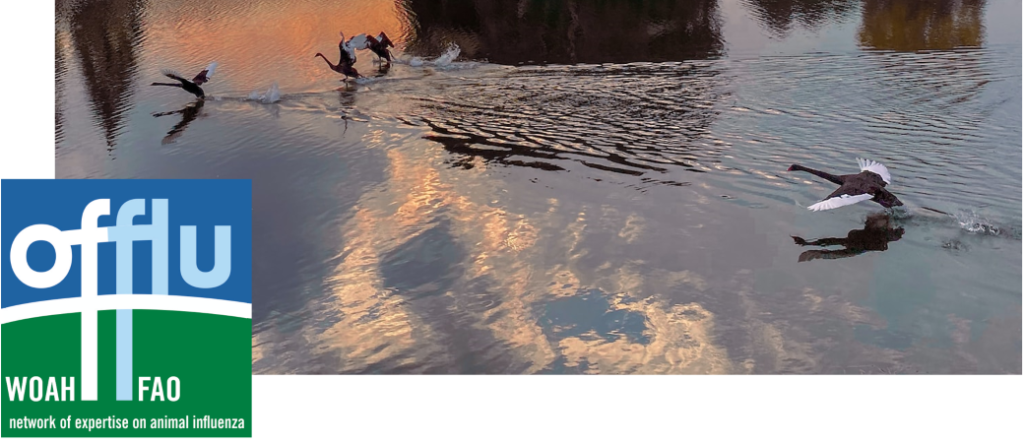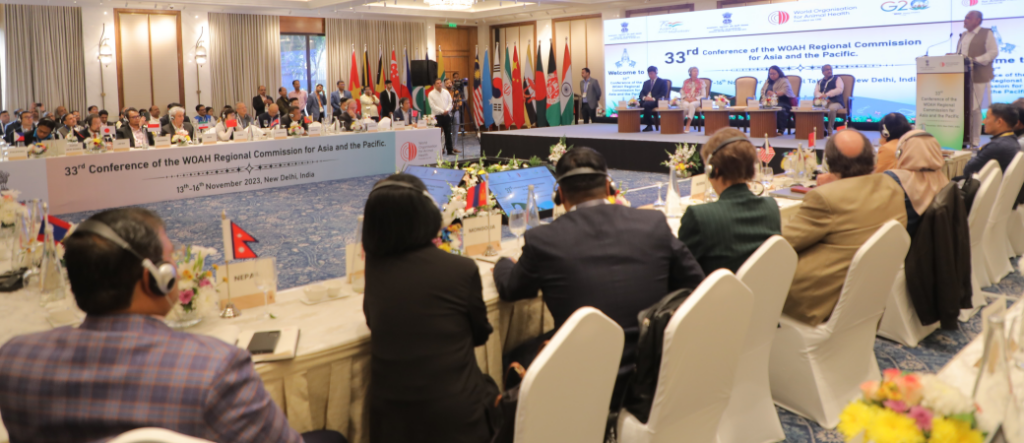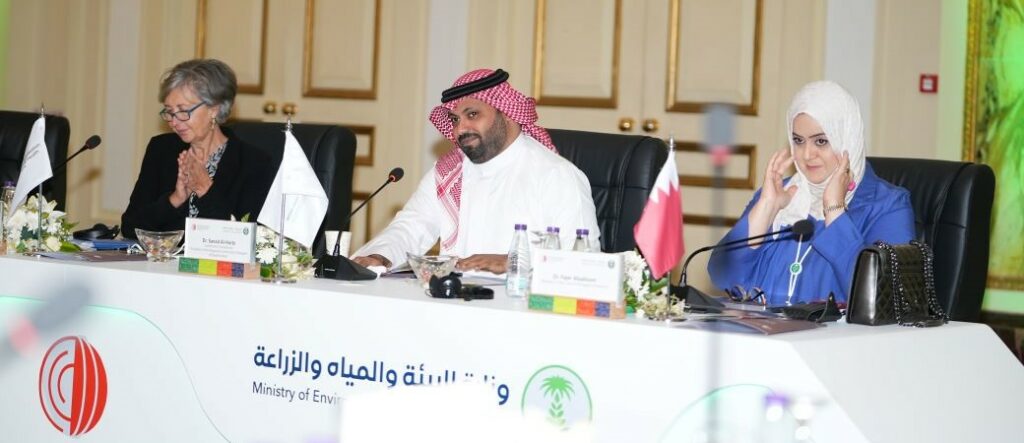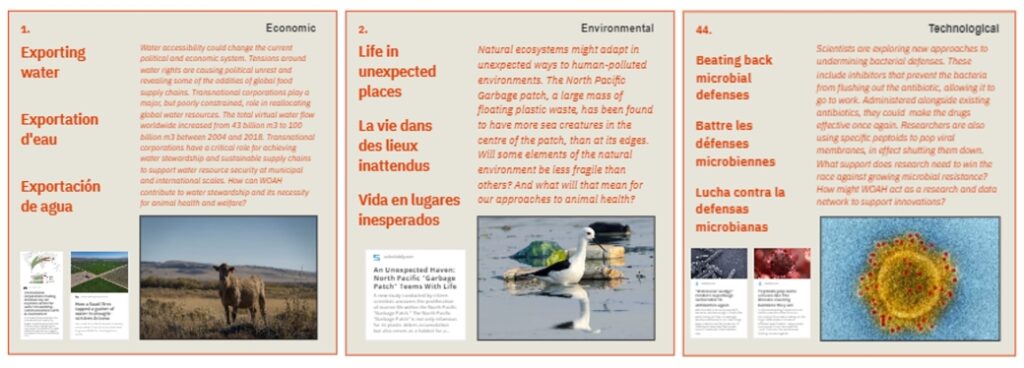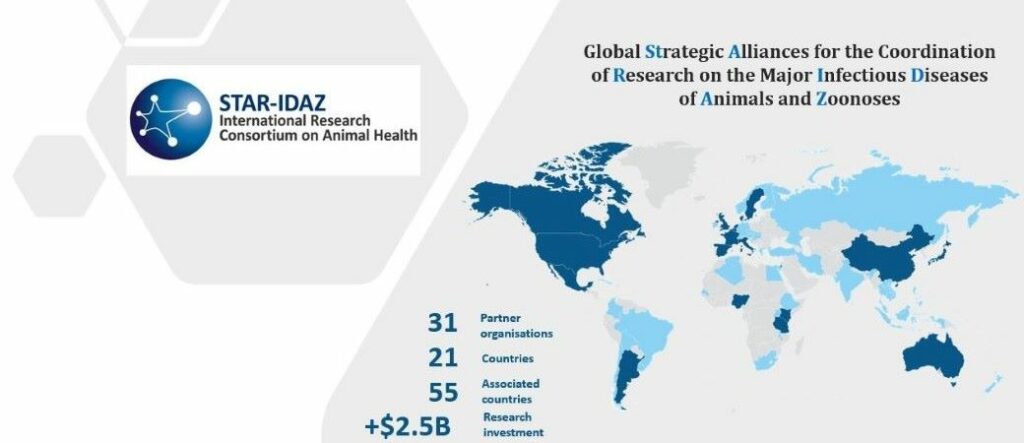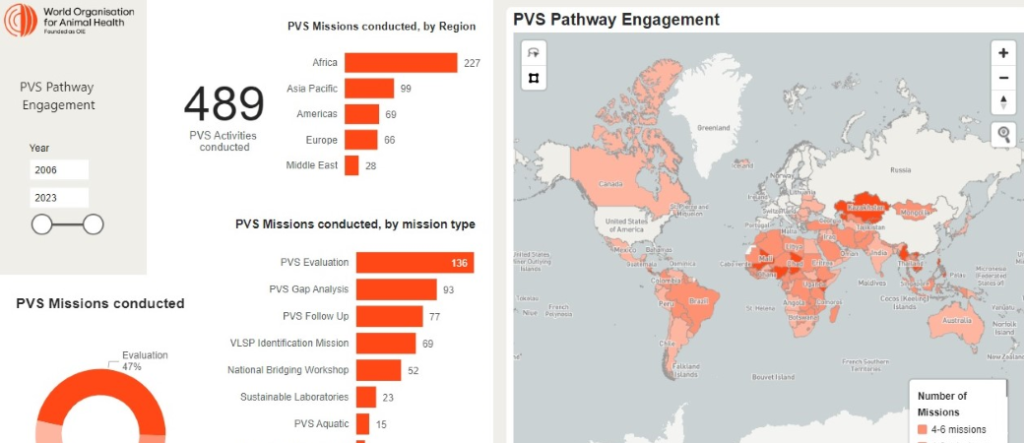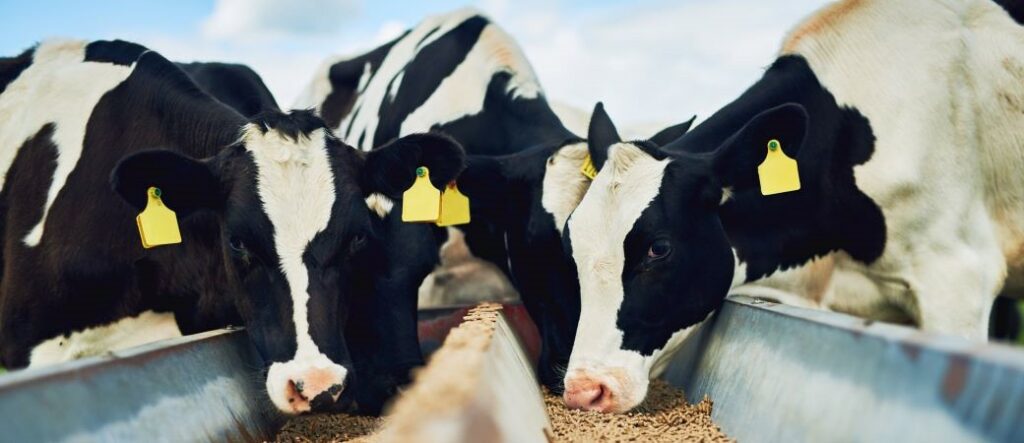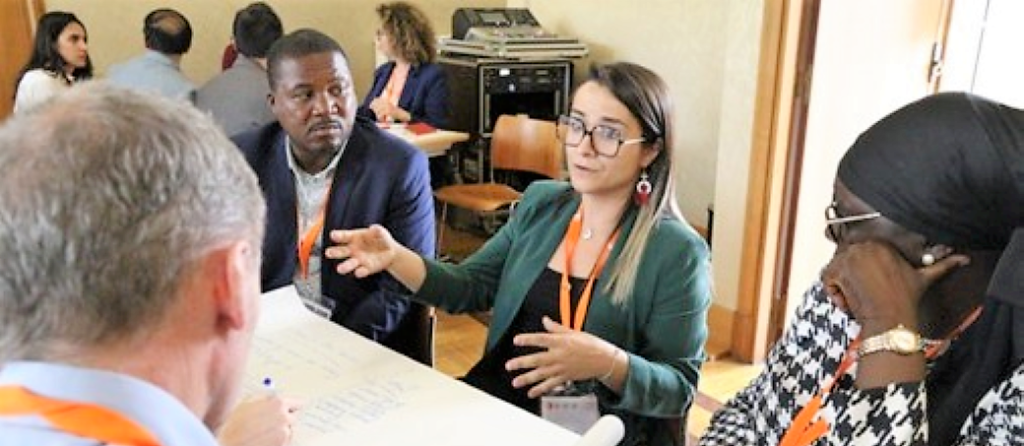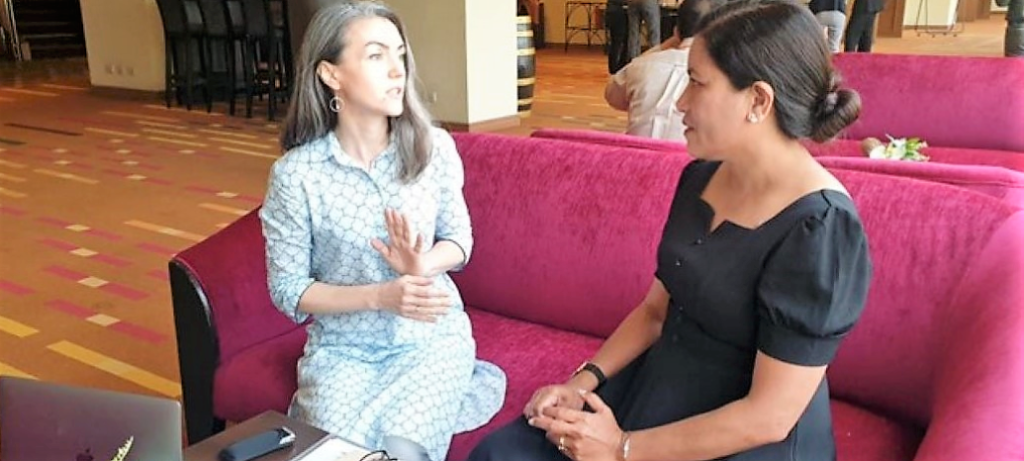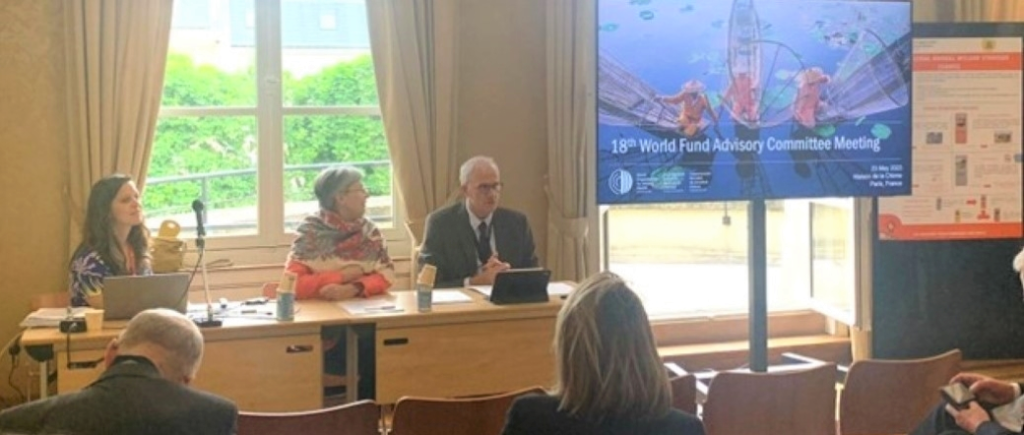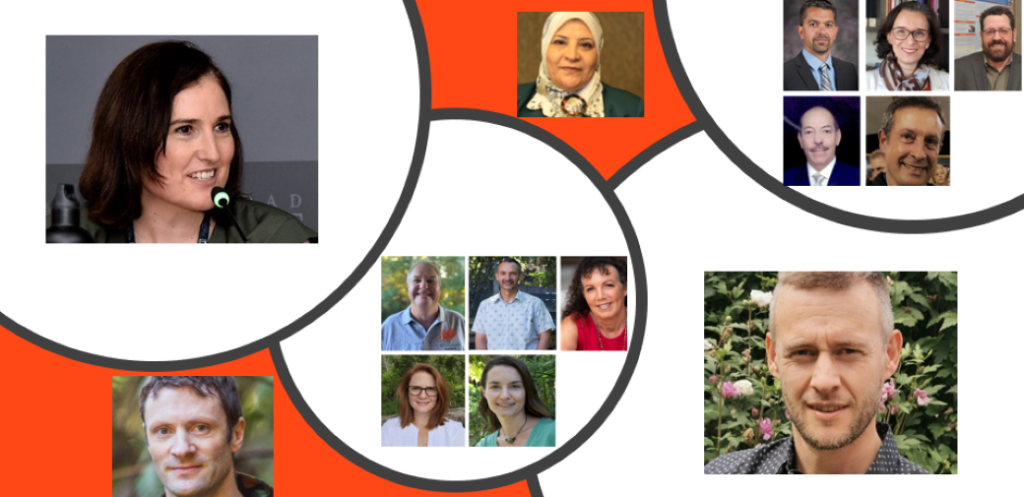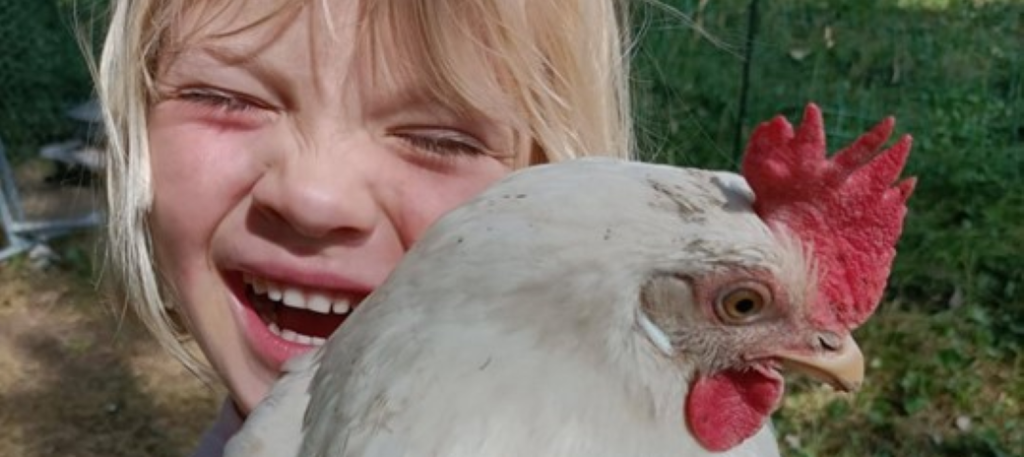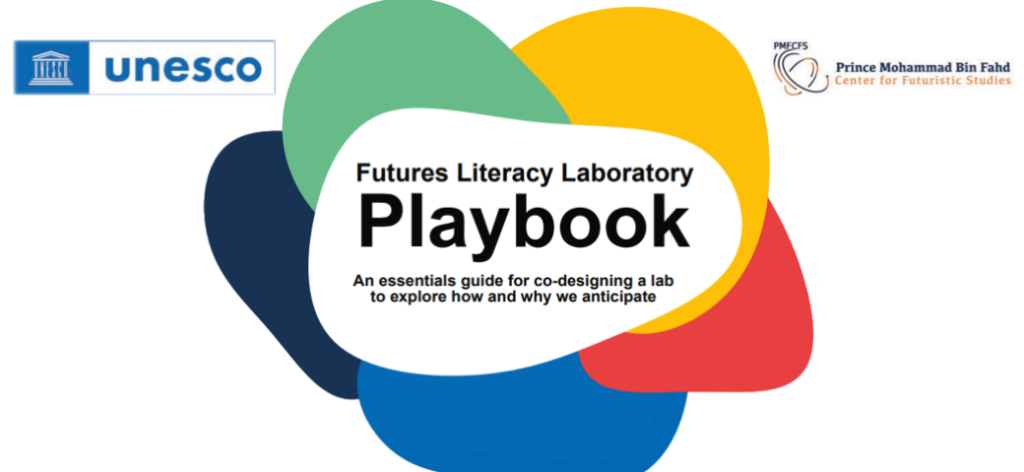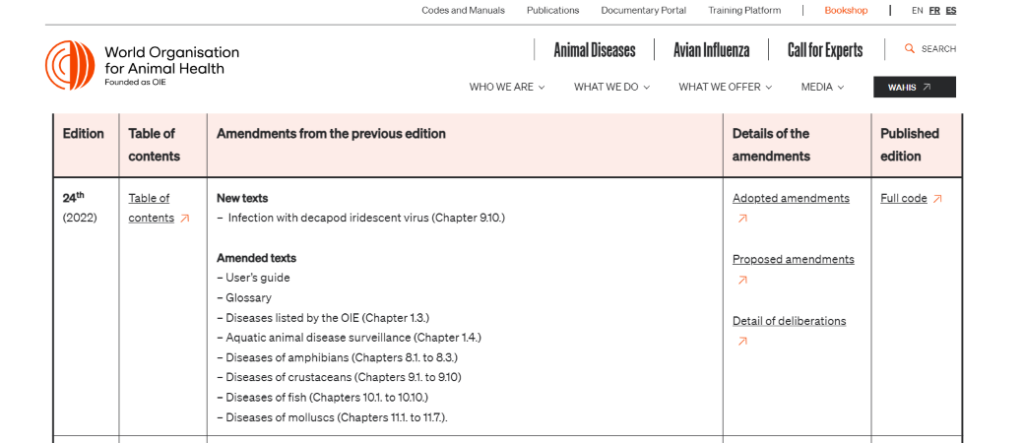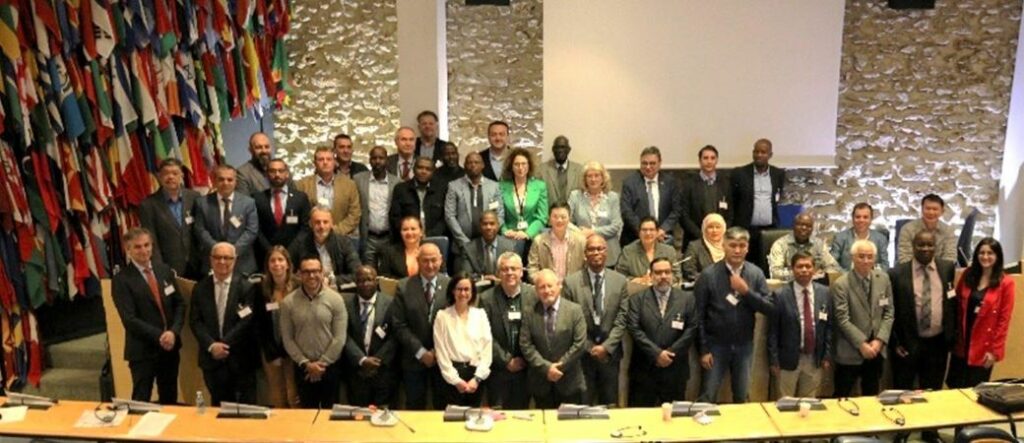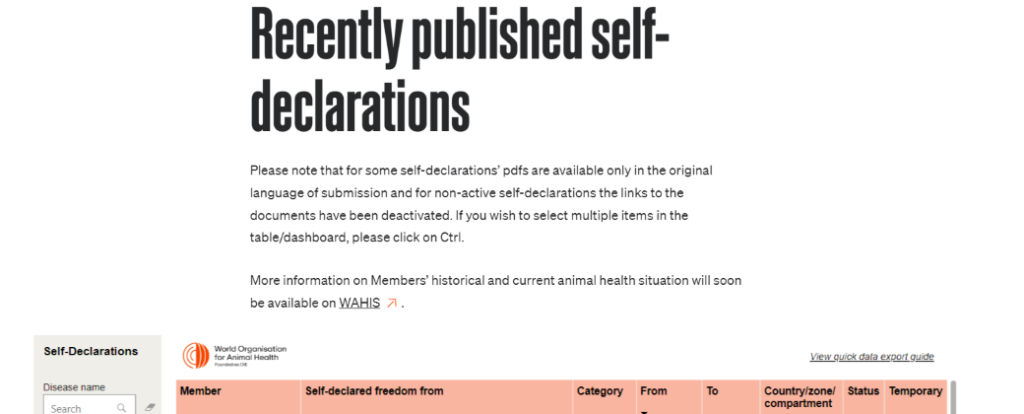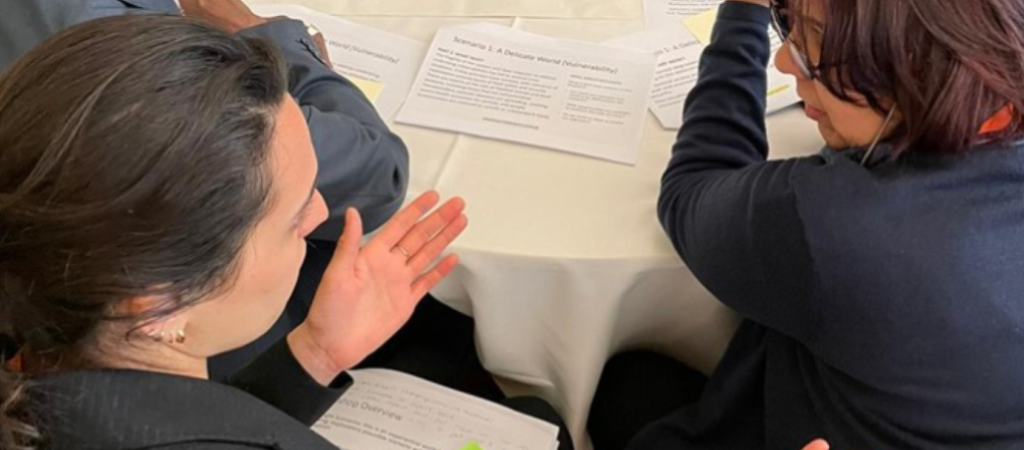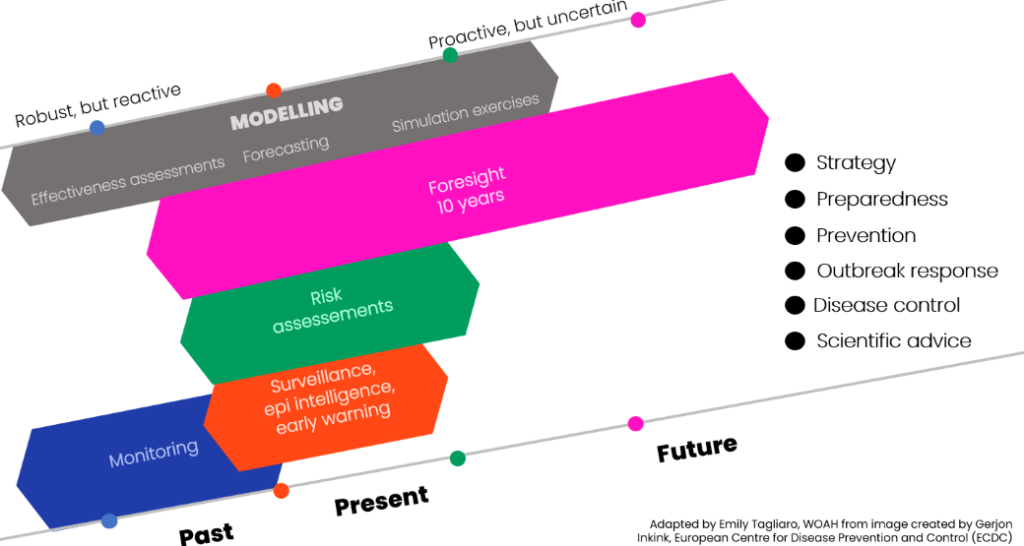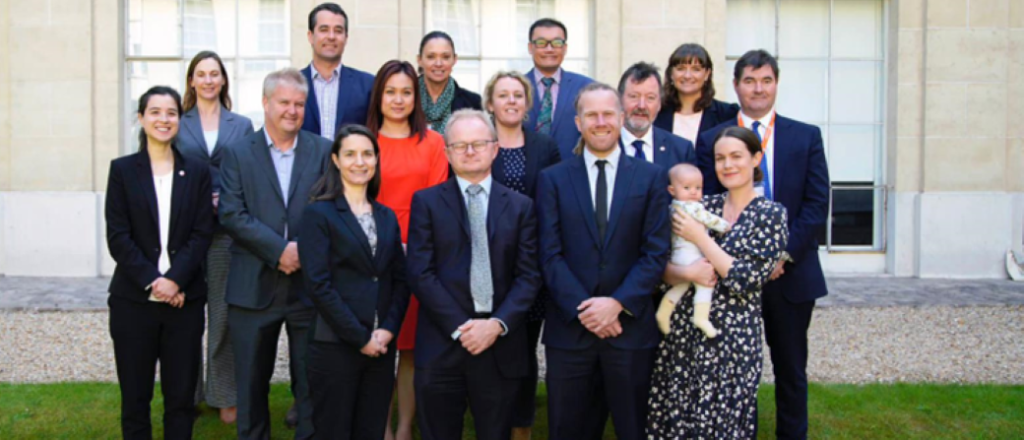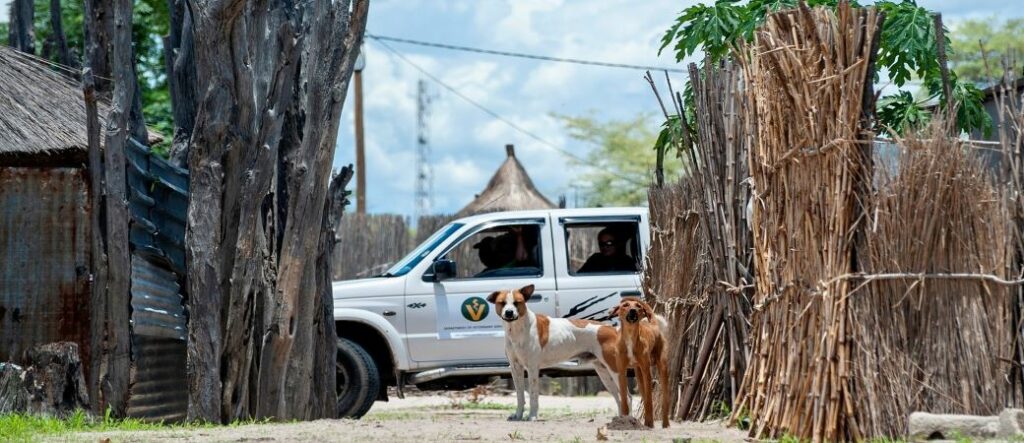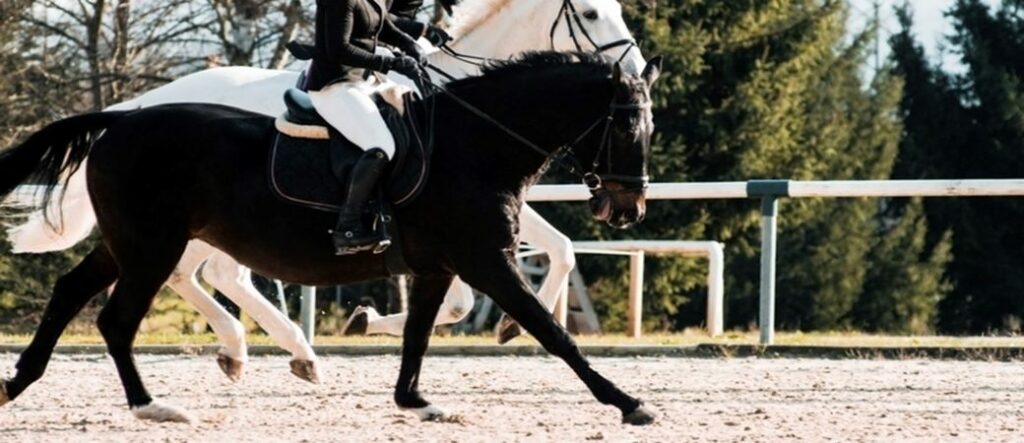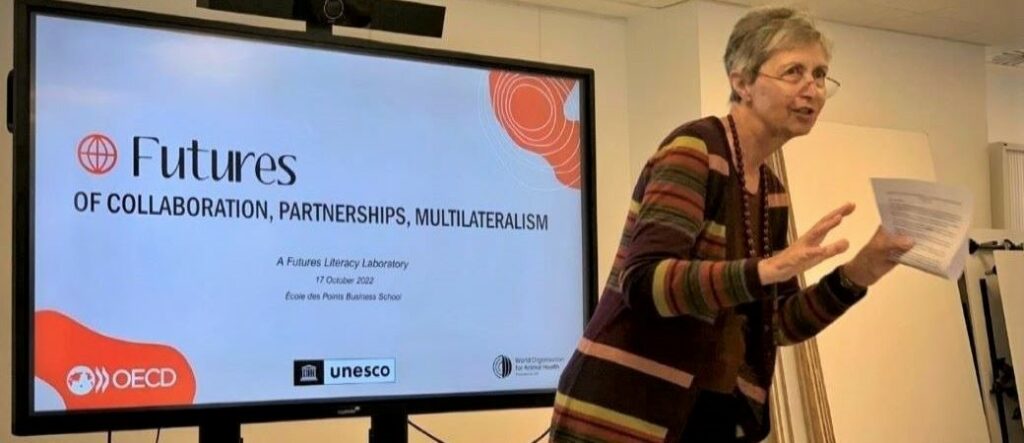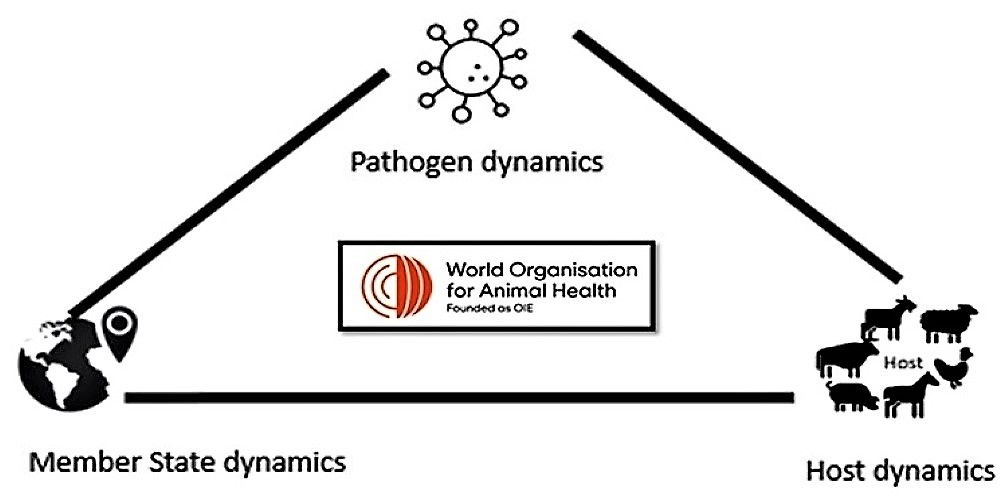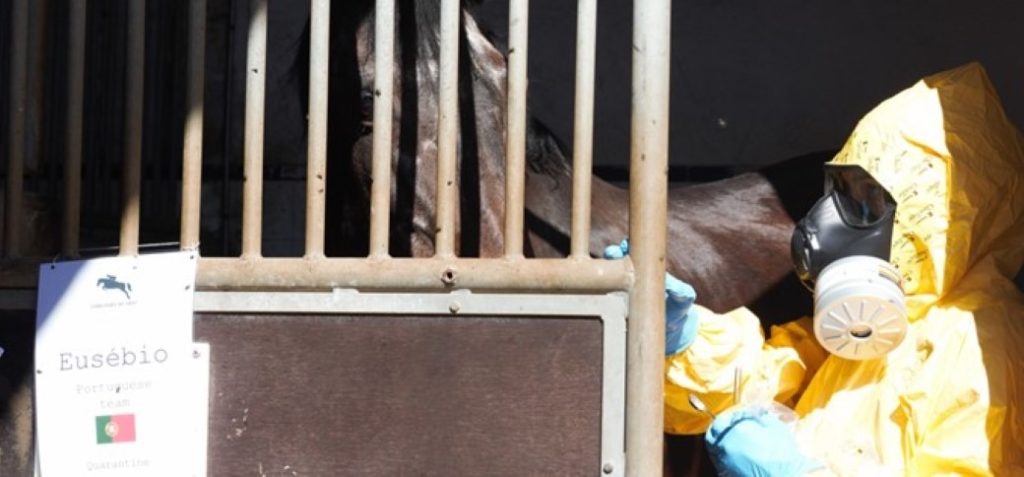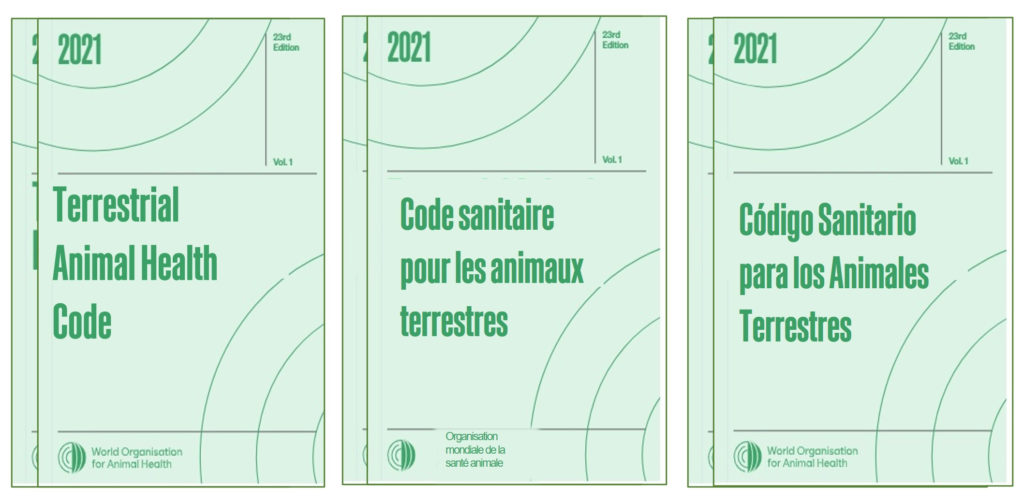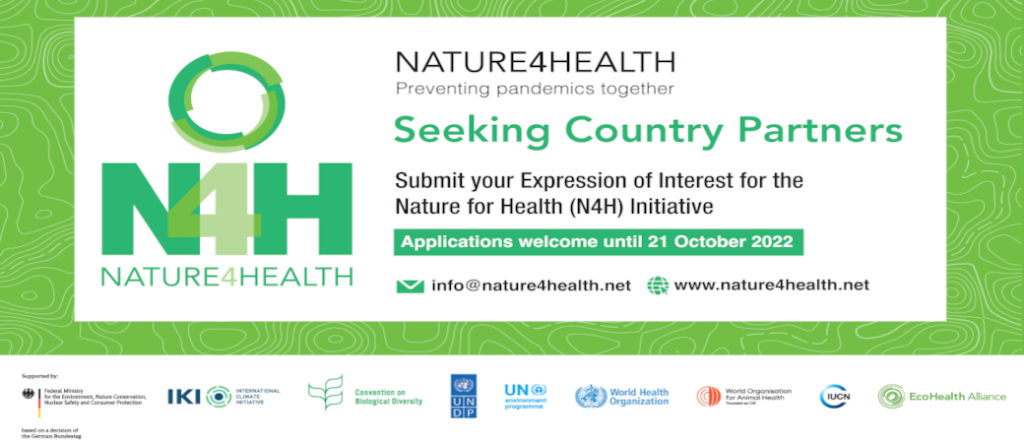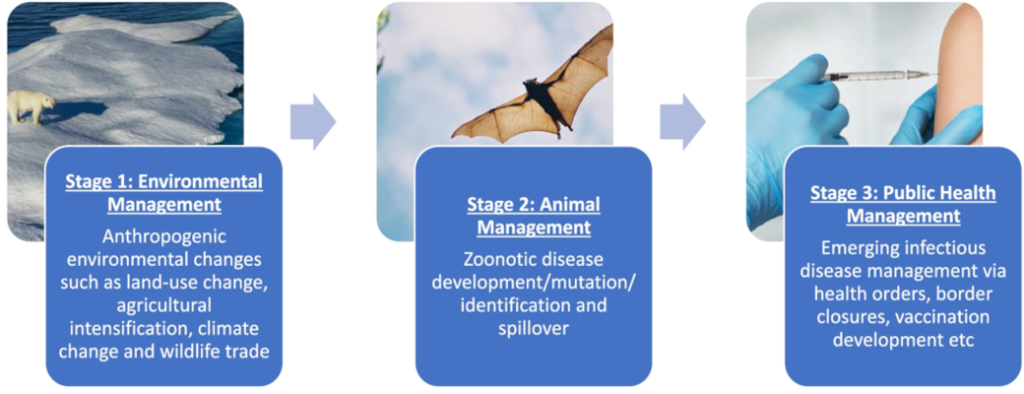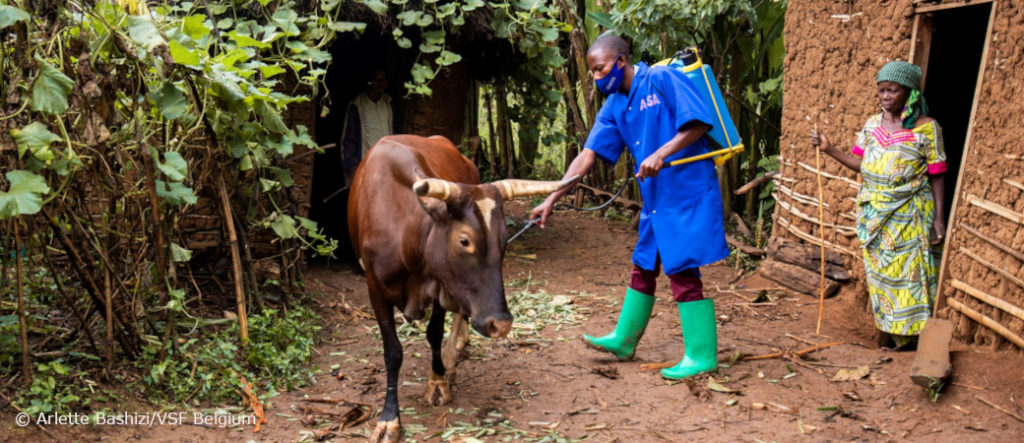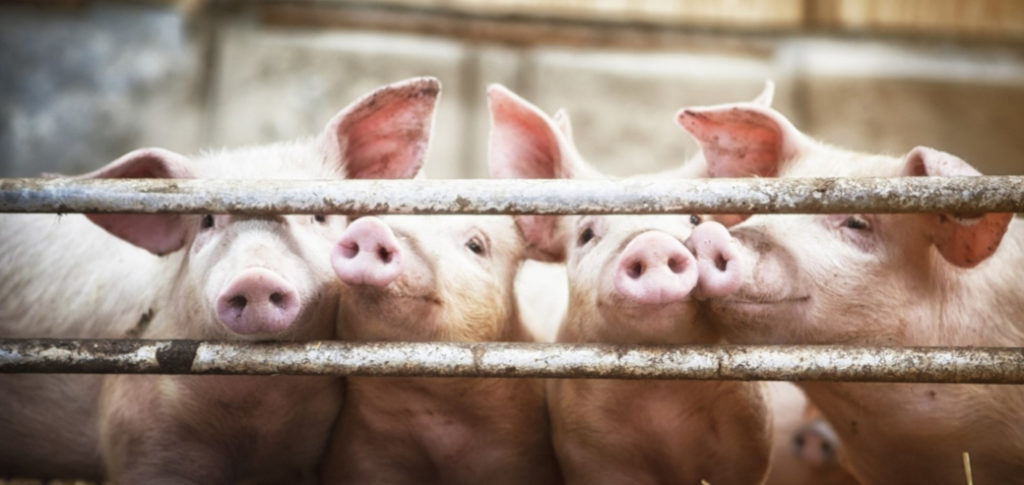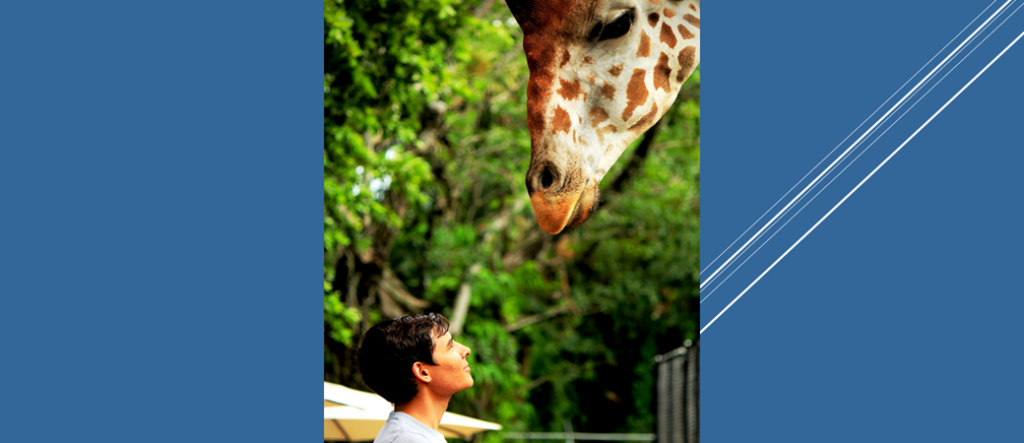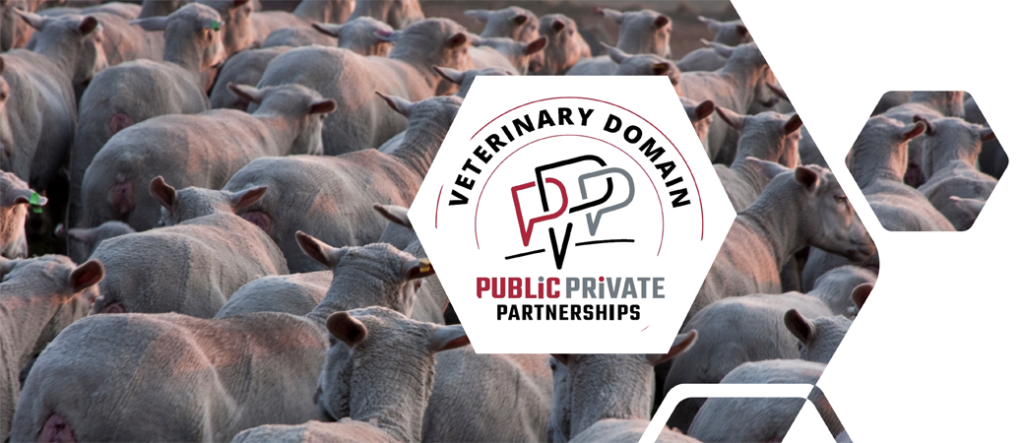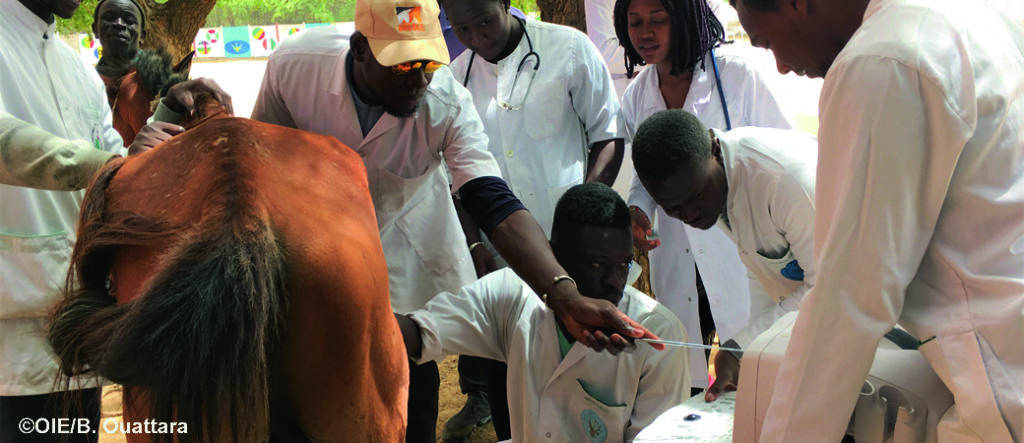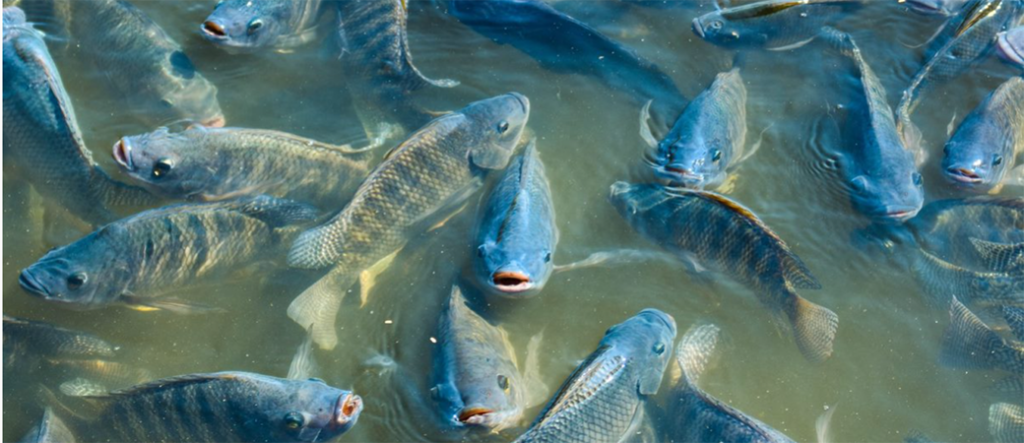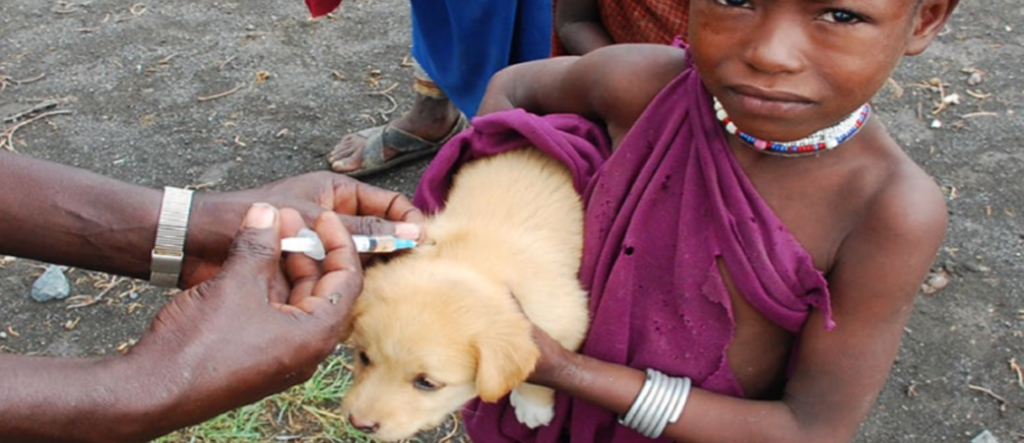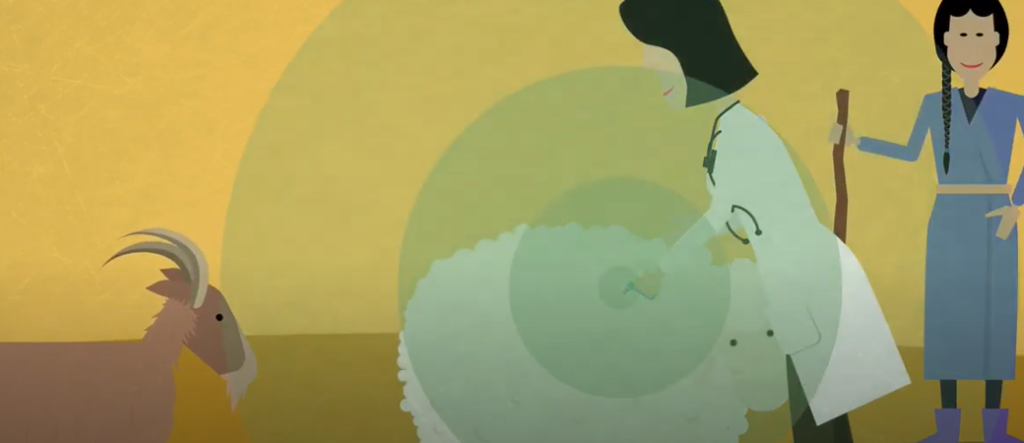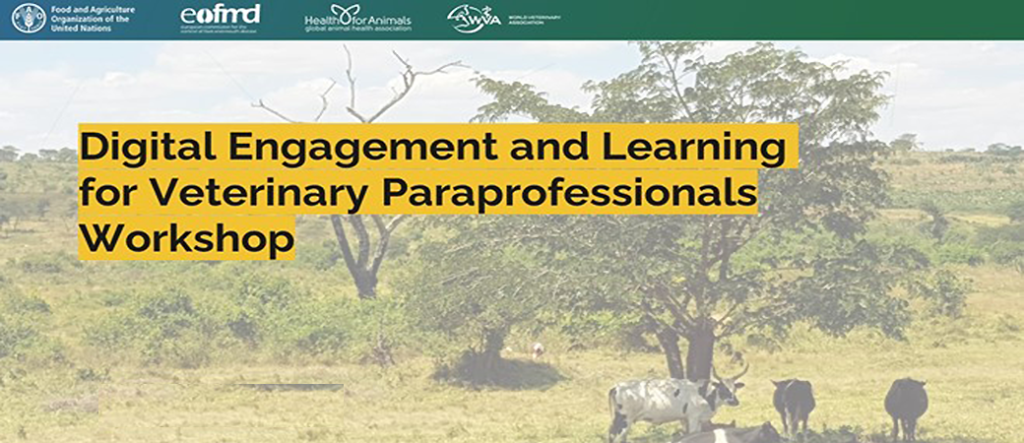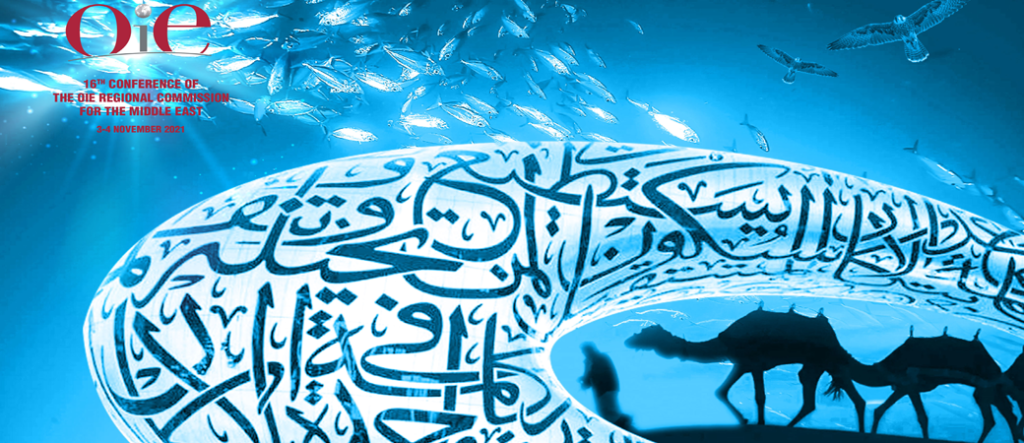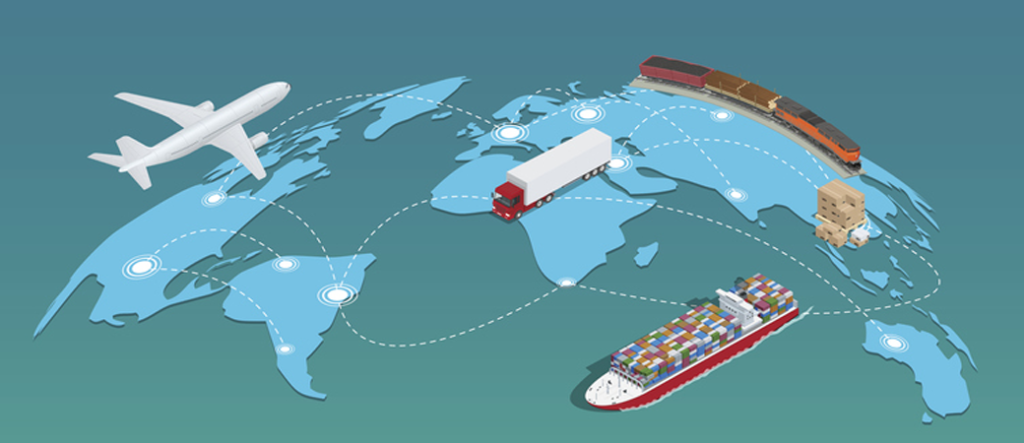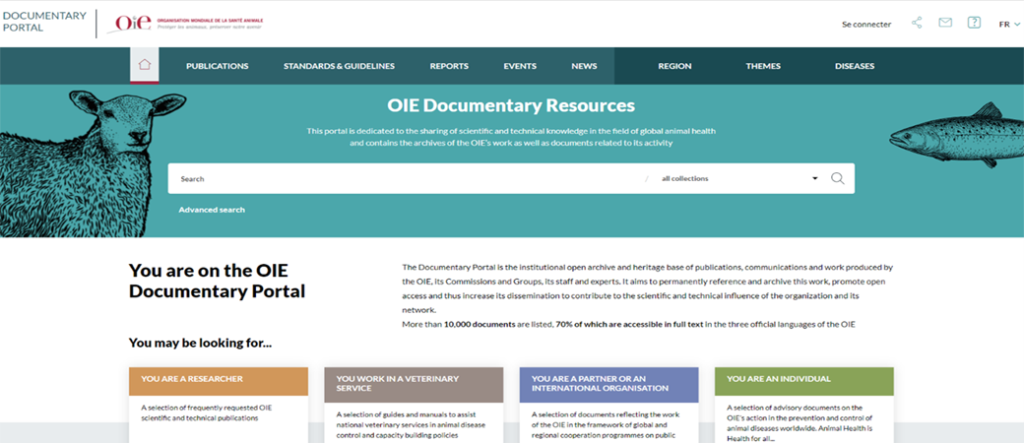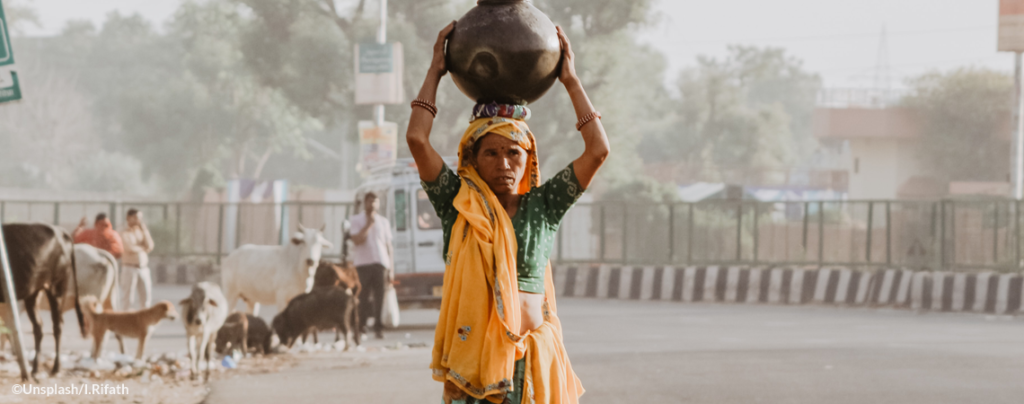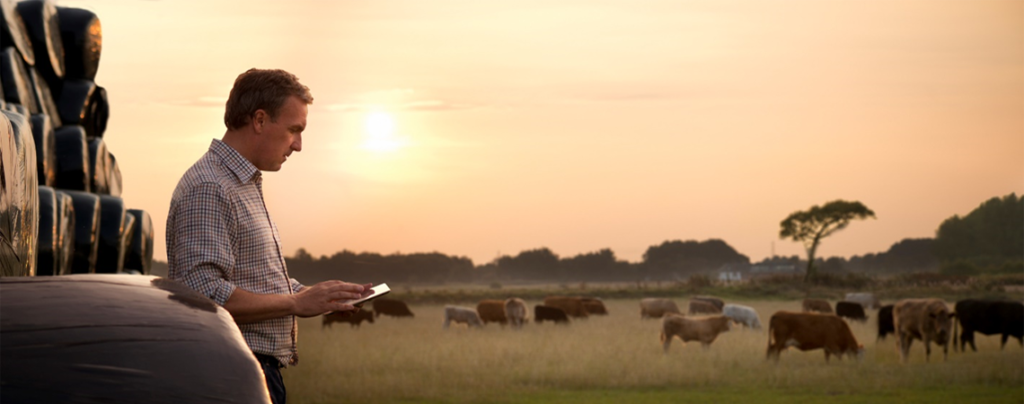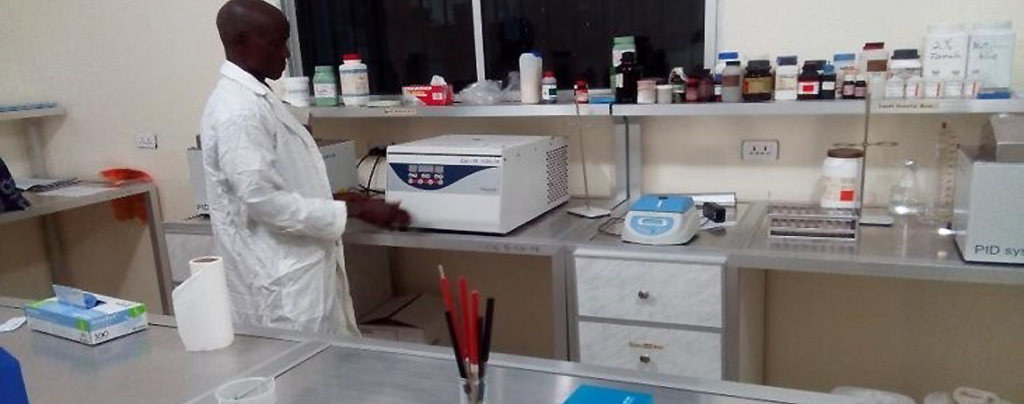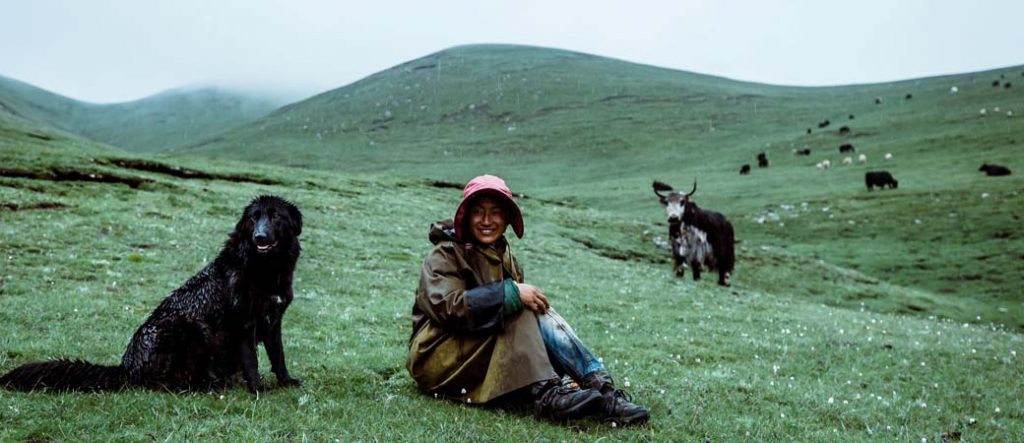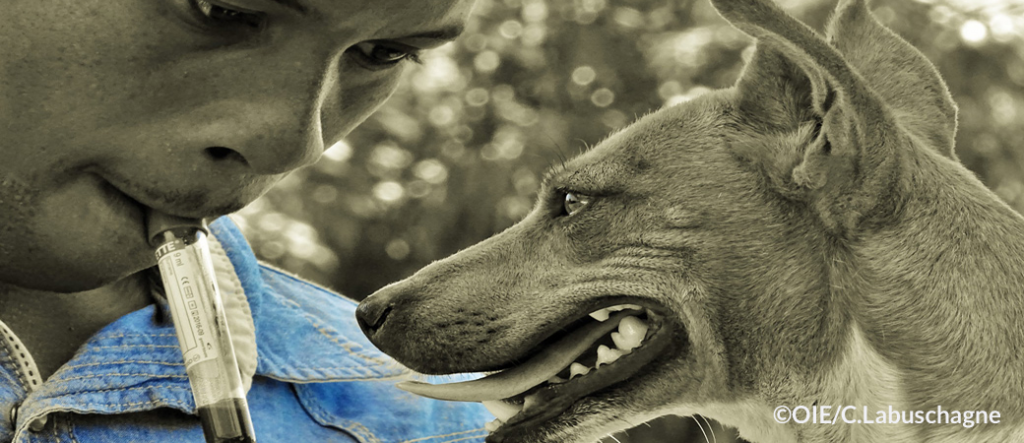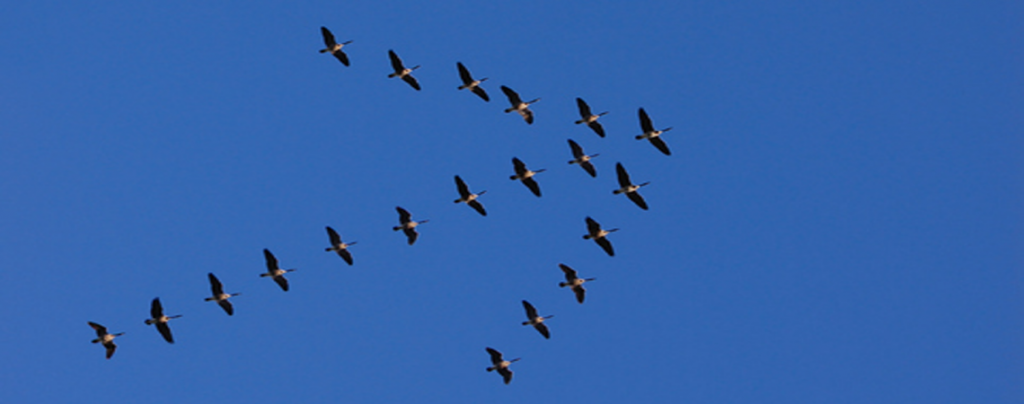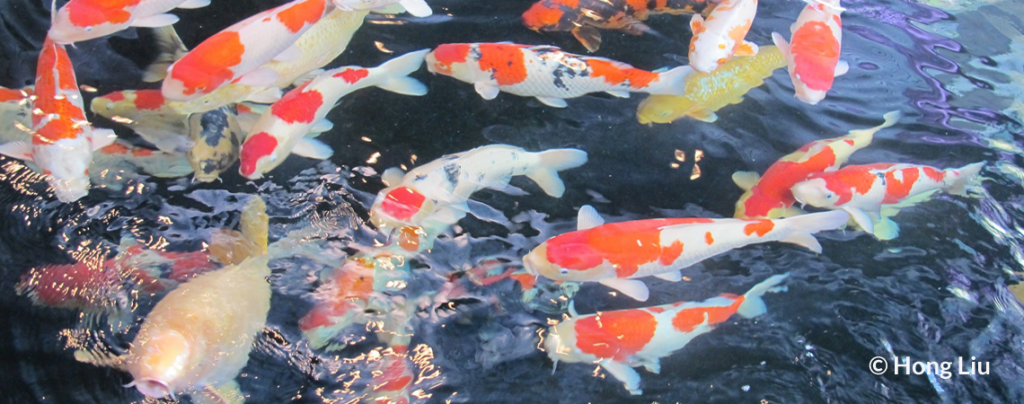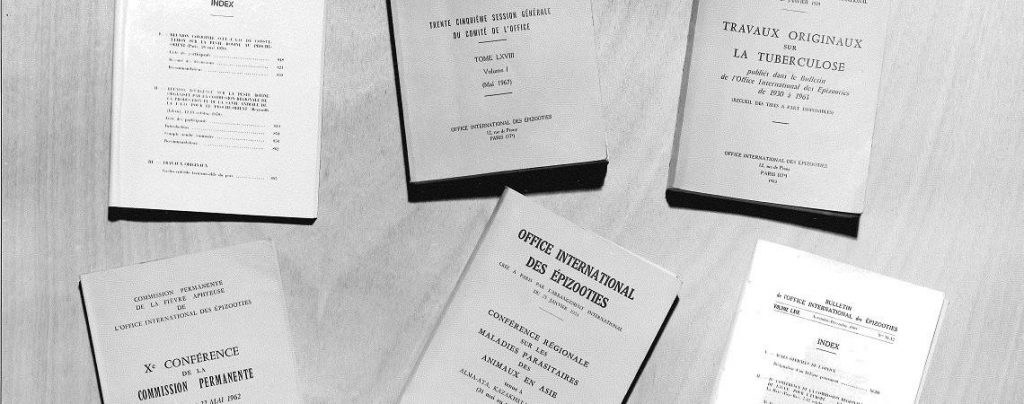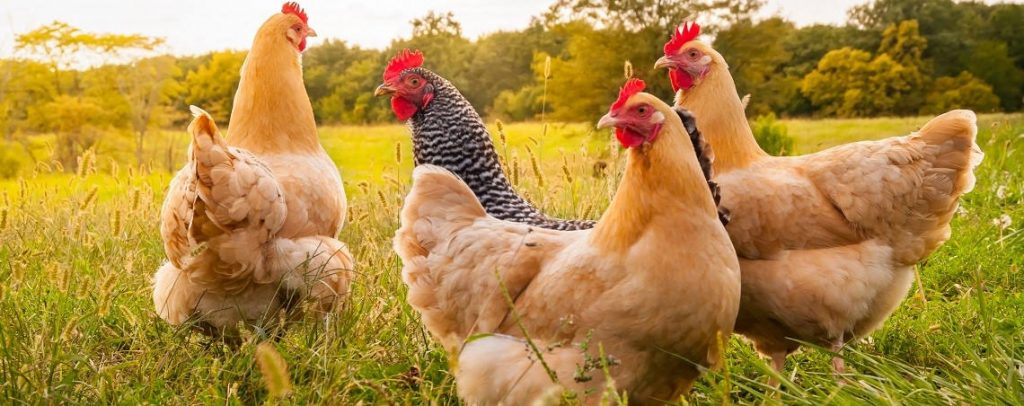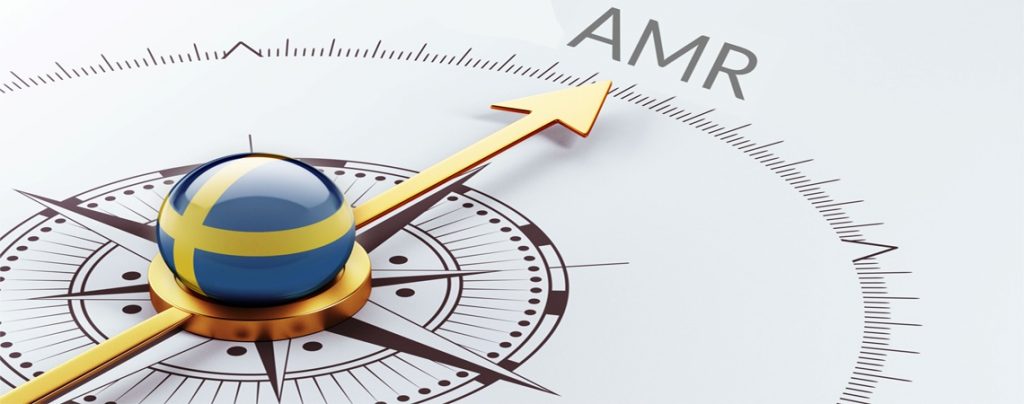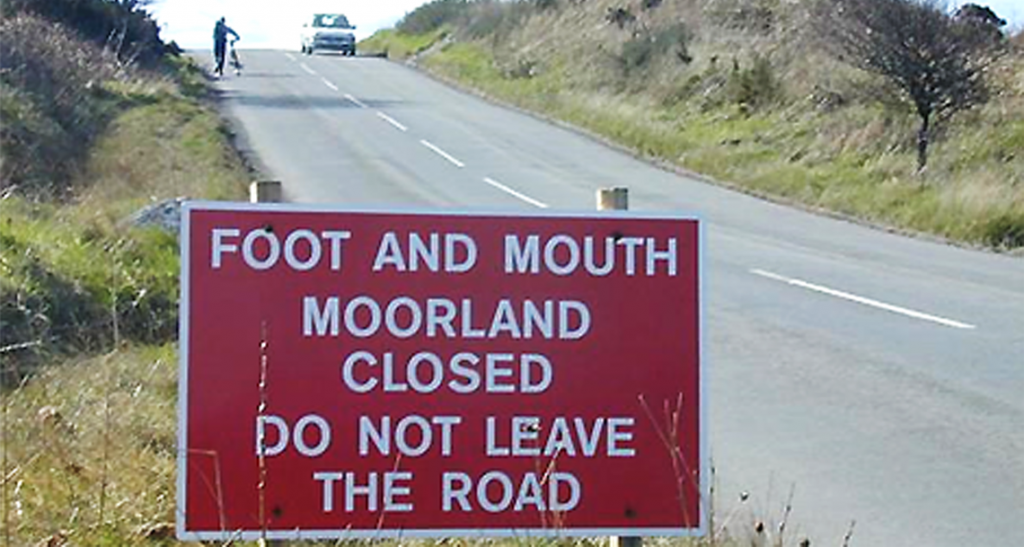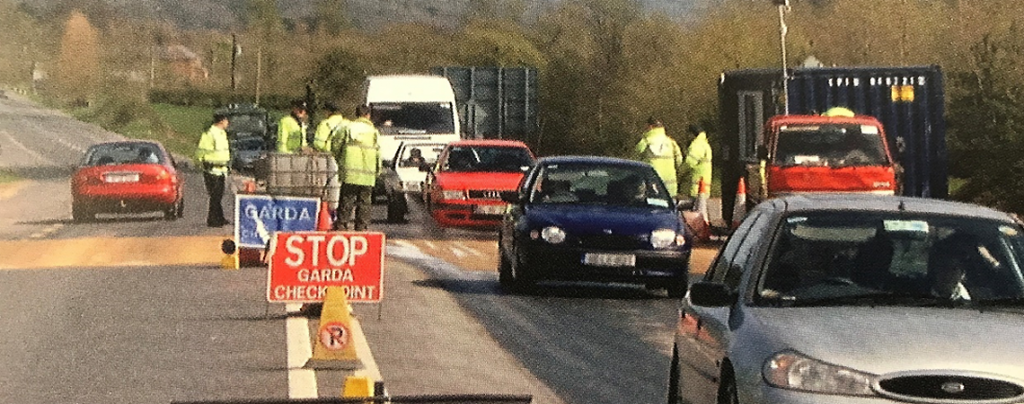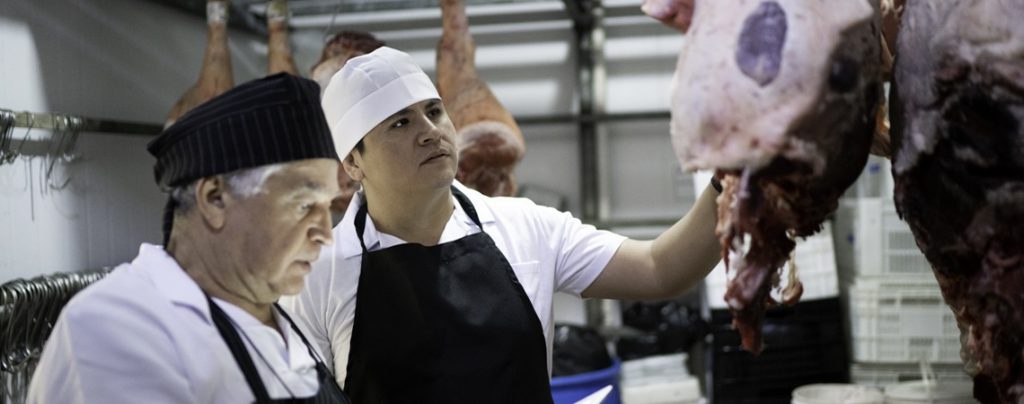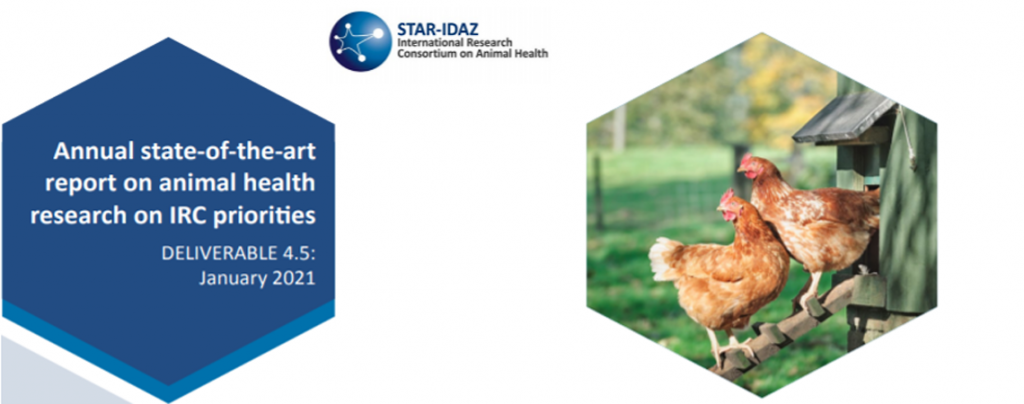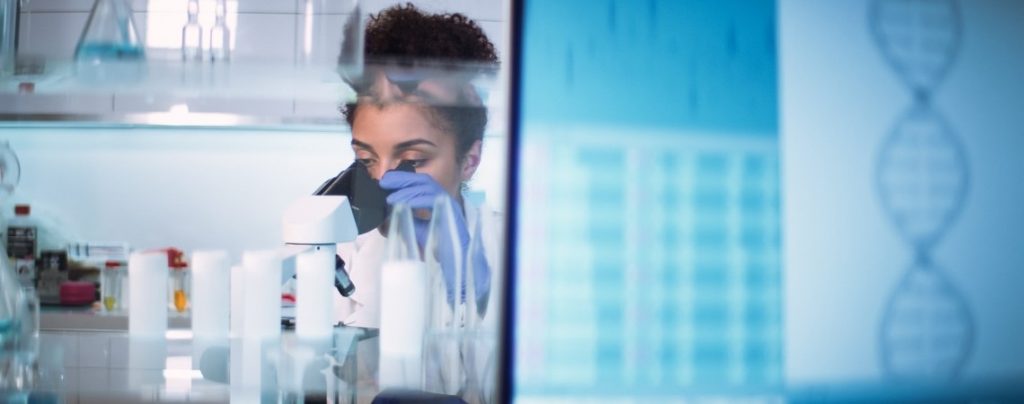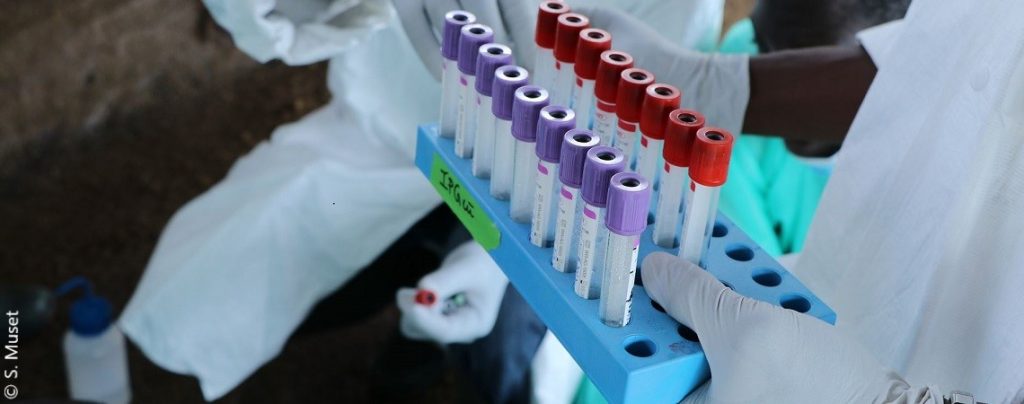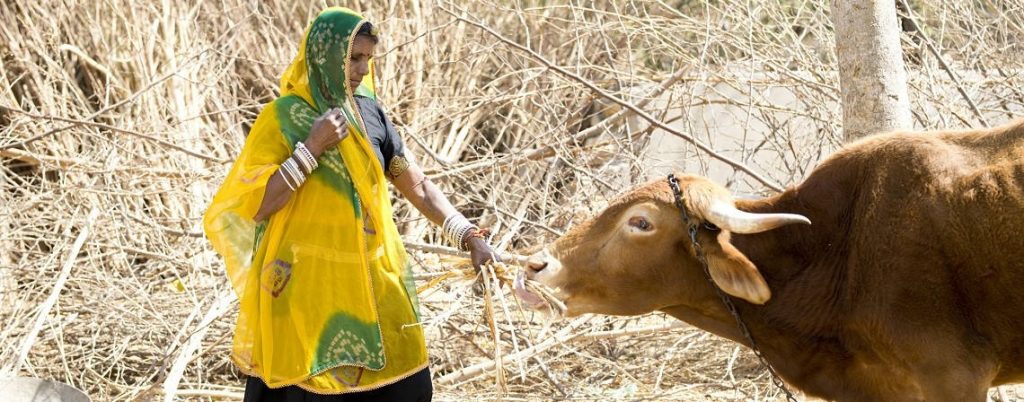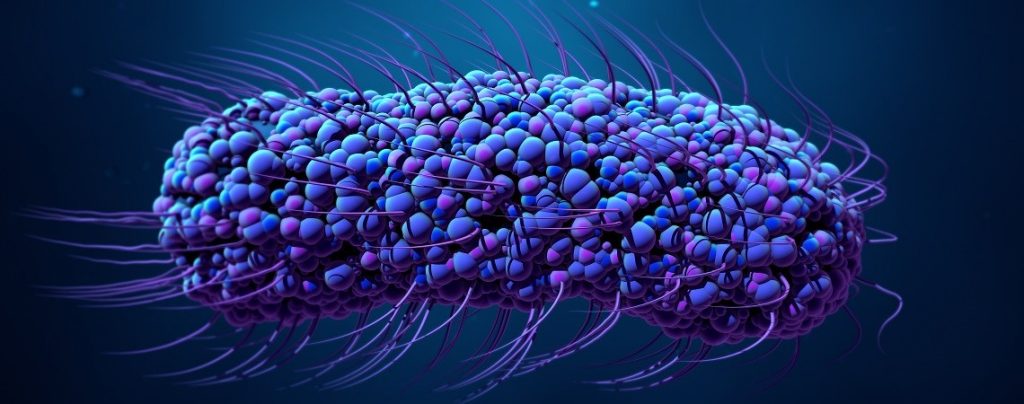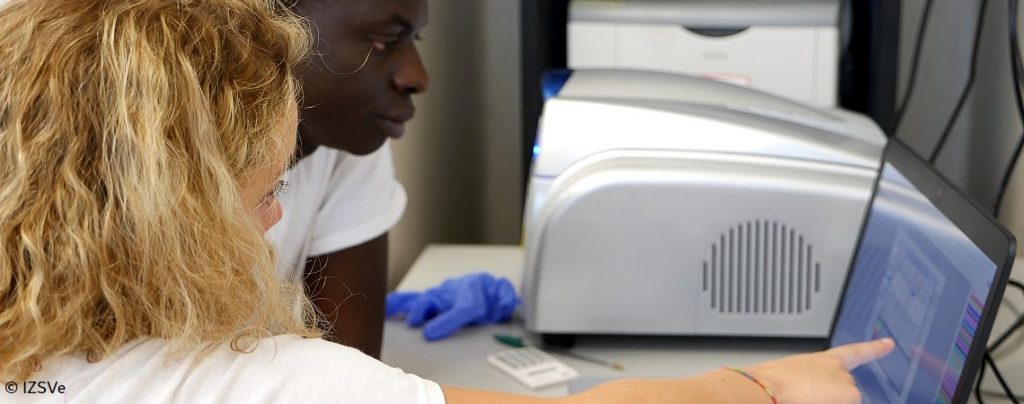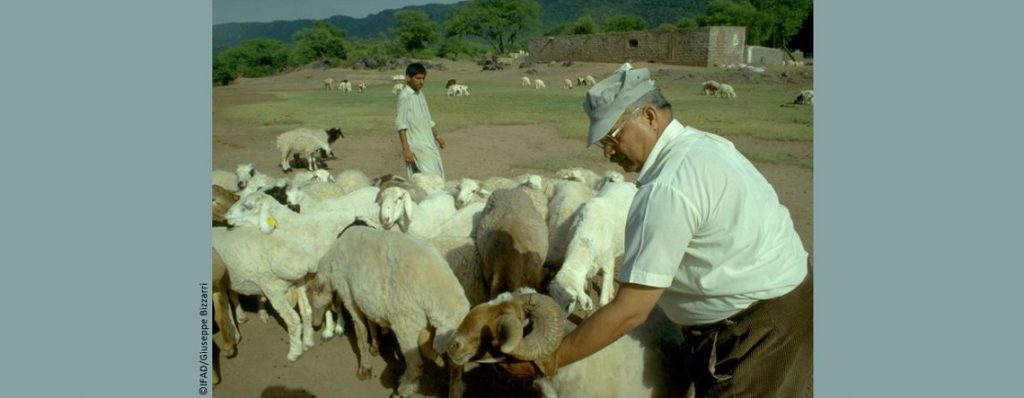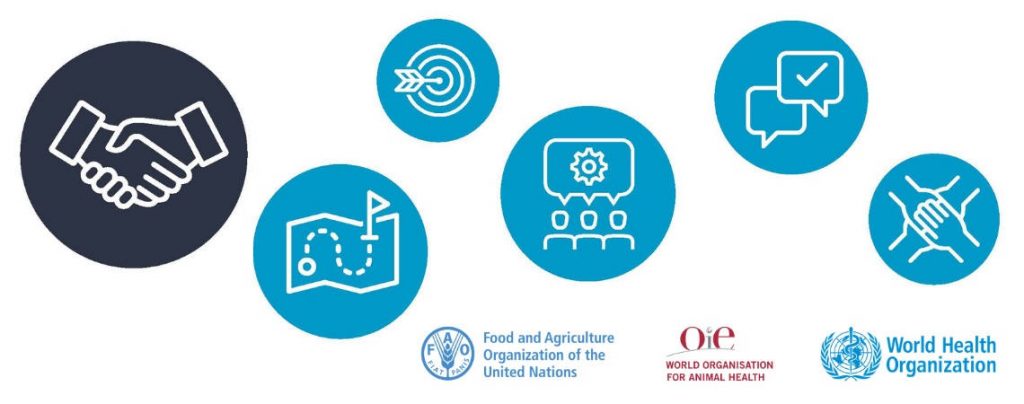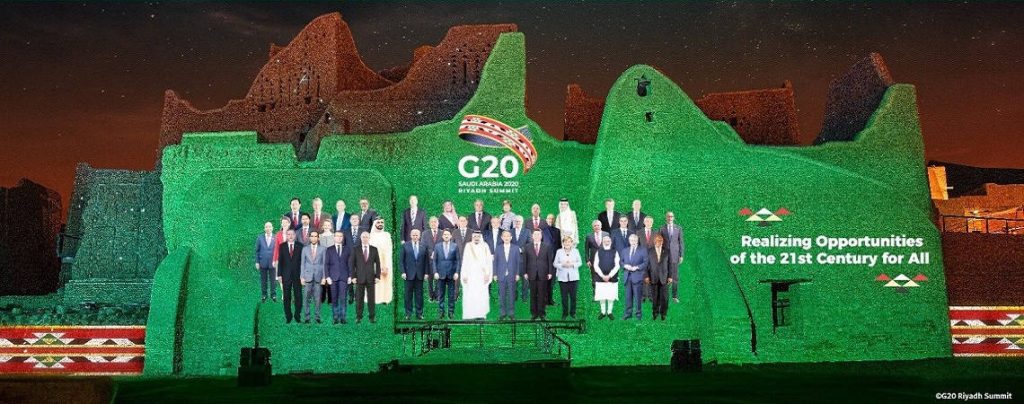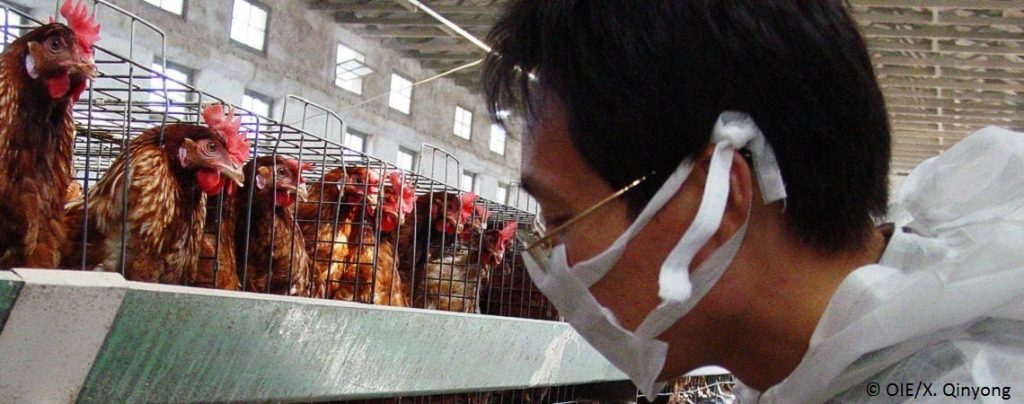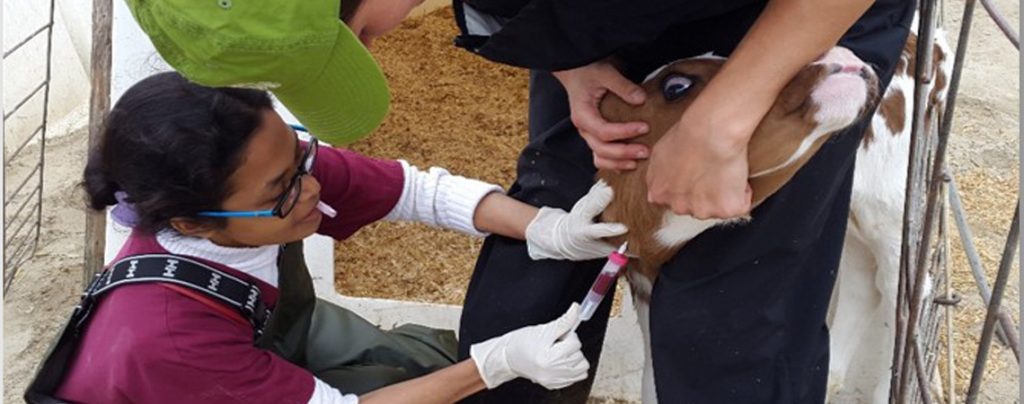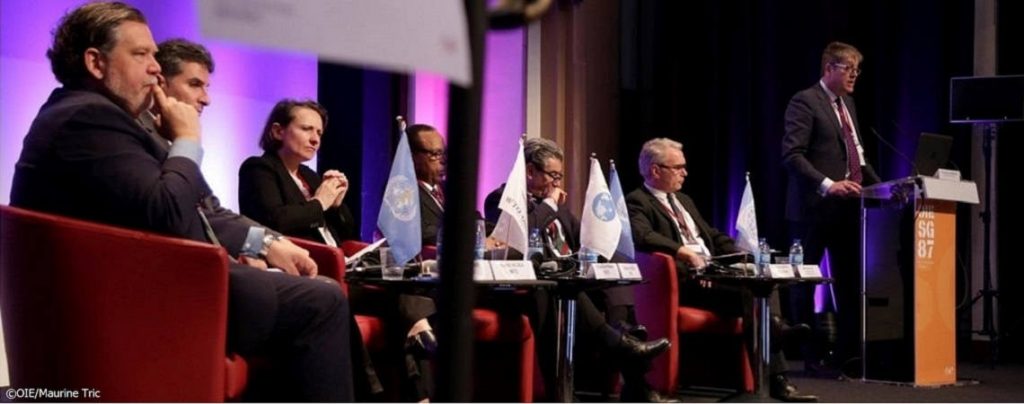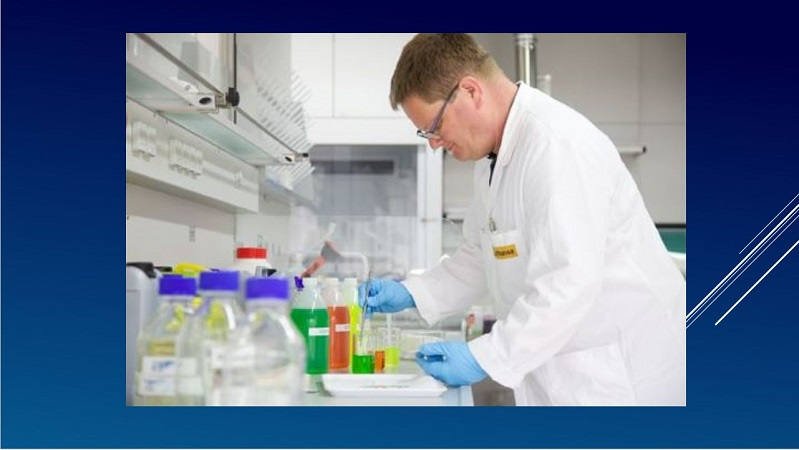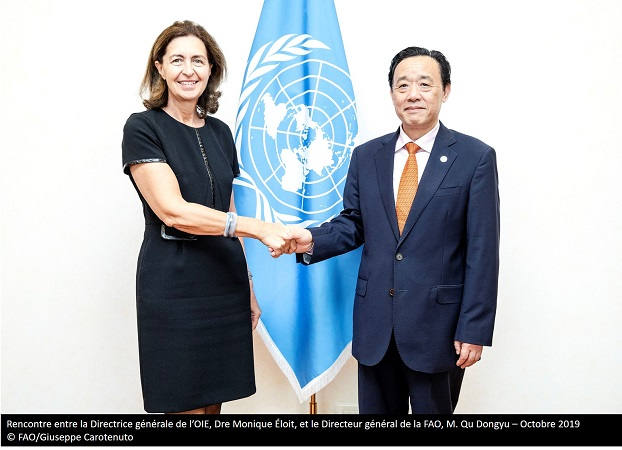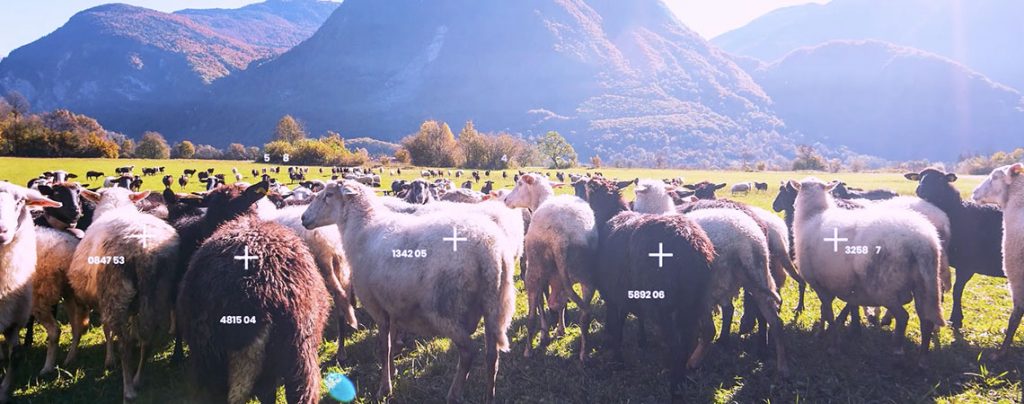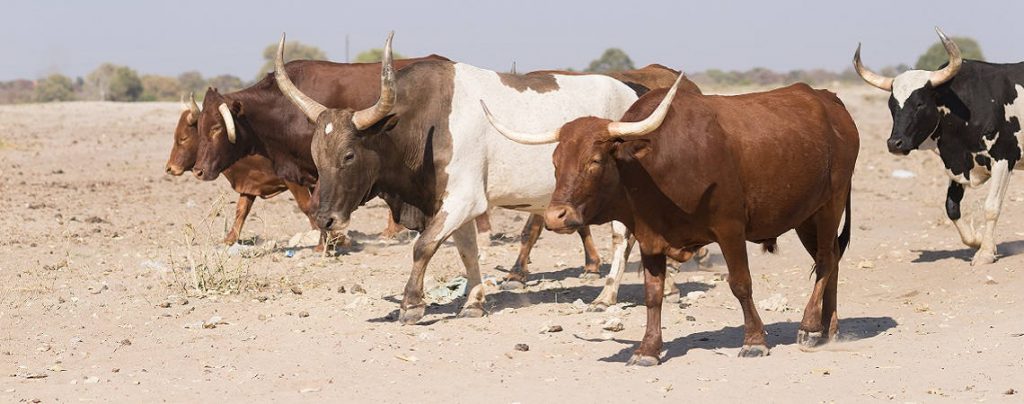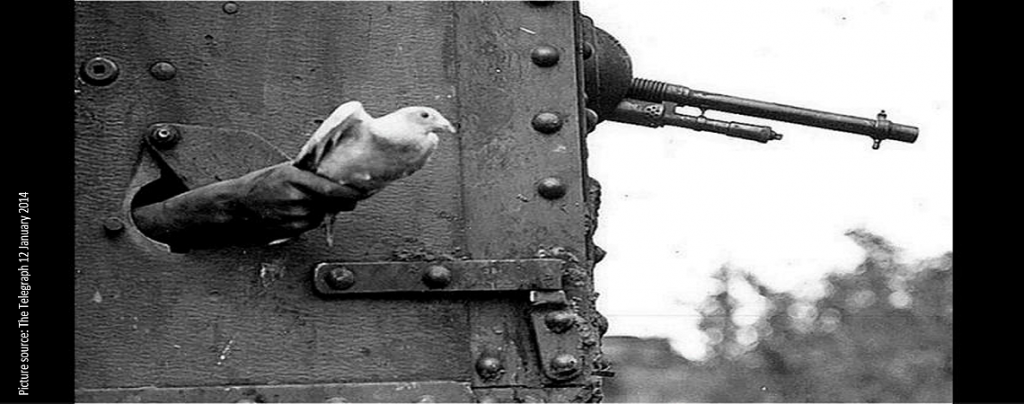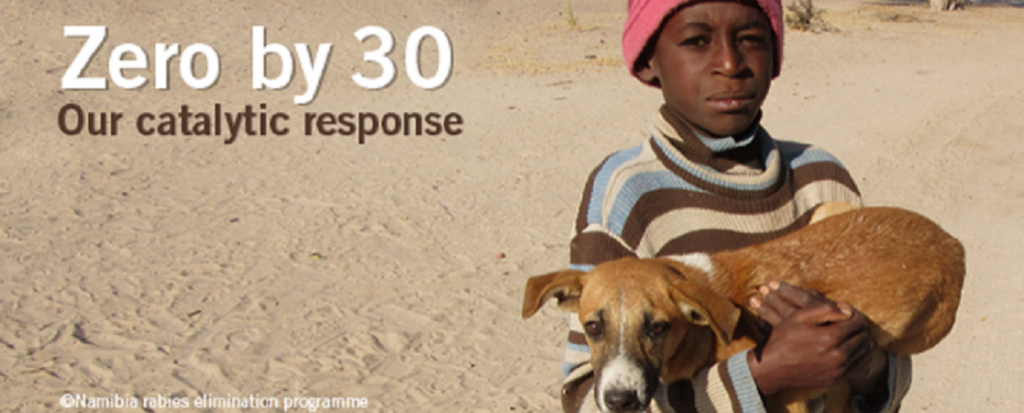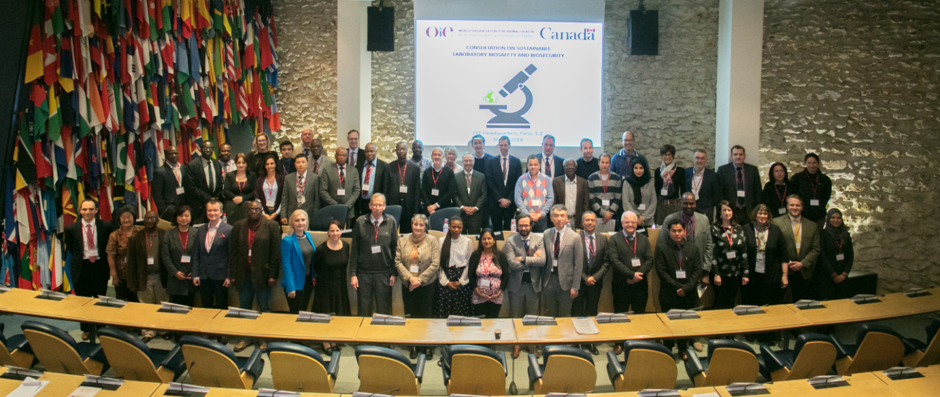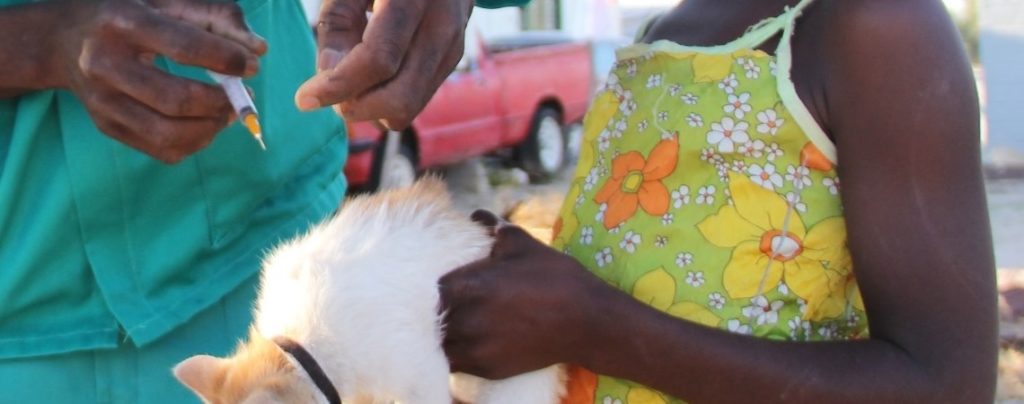INFORMATION EN CONTINU Posté sur 2024-08-26 15:17:04
A Word from our New Reference Centres
Mots-clés
WOAH has designated twelve new Reference Centres this year, eight Reference Laboratories and four Collaborating Centres. When asked to provide a statement for our newsletter, the following responded to the call.
Collaborating Centres have expertise in a specific designated sphere of competence relating to the management of general questions on animal health issues. Here is a closer look at our new Centres and their expertise.
WOAH Collaborating Centre for Genomic Monitoring of Viral Swine Diseases, United States of America
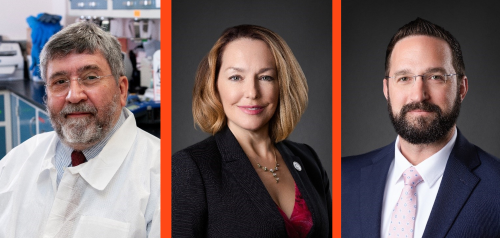
The WOAH Collaborating Centre for Genomic Monitoring of Viral Swine Diseases is located at the US Department of Agriculture’s National Bio and Agro-Defense Facility (NBAF) in Manhattan, Kansas, USA. The Collaborating Centre provides support and training to WOAH Member laboratories in genomic characterisation of viral pathogens causing disease outbreaks in swine, particularly for African swine fever virus (ASFV), classical swine fever virus (CSFV), Japanese encephalitis virus and Nipah virus.
With extensive and diverse expertise from leading USDA scientists, the Collaborating Centre will provide protocols and training for sample collection, nucleic acid extraction, next-generation sequencing (NGS) and sequence analysis. Initially, the Centre will focus on ASFV and perform NGS of the full-length virus genome for laboratories that lack or have limited sequencing capacity.
In addition, the Centre will identify other regional laboratories capable of receiving samples for genome sequencing. It will also establish reliable bioinformatic pipelines and associated tools to deliver standardised genomic data, annotation and classification for archival and new viral isolates. The Centre will carry out site visits to determine laboratory capabilities and identify needs to process, analyse and interpret genomic data.
Starting with ASFV and following with CSFV, Japanese encephalitis virus and Nipah virus, the Centre will have the following objectives:
- Provide support and training to WOAH Reference Laboratories, Members and other laboratories in sample collection, nucleic acid extraction, NGS and analysis.
- Provide support and training to WOAH Reference Laboratories, Members and other laboratories in ASFV outbreak areas that have NGS capabilities to submit NGS data to online ASFV sequencing pipelines.
- Provide sequencing support for ASFV to laboratories throughout Asia, Africa and Europe that do not currently have access to next-generation sequencers but can send field isolates or DNA for sampling processing and NGS.
- Build a biorepository of well characterised ASFV strains for distribution to all requesting ASFV laboratories that are registered for ASFV research with biocontainment facilities as required in their respective countries.
- Link ASFV sequencing, as close to real time as possible, with the World Animal Health Information System, to aid in monitoring the spread of outbreaks based on ASFV sequencing.
- Provide support for vaccine matching in ASF outbreak areas based on genomic sequencing of ASFV isolates in current outbreaks.
WOAH Collaborating Centre for Fish Health Management in the Middle East Region, Egypt
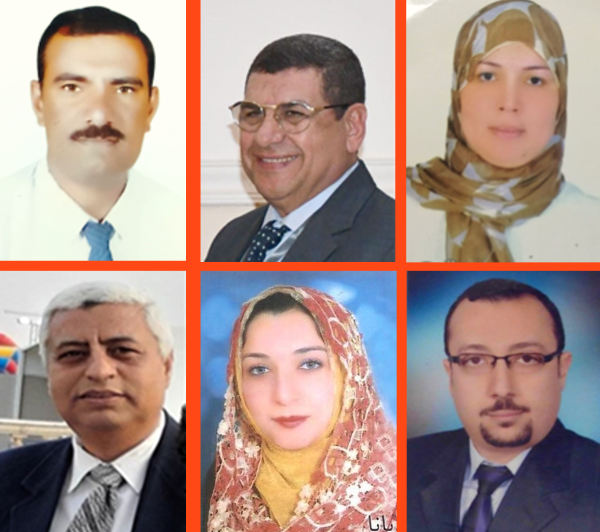
Central Laboratory for Aquaculture Research (CLAR), Abbassa, Abou Hammad, Sharkia, Egypt
The Central Laboratory for Aquaculture Research (CLAR), established in 1991 under the Agricultural Research Center, is Egypt’s primary national centre for aquaculture research. With extensive research and production facilities spanning over 5 km², CLAR drives aquaculture development through scientific studies and strategic disease prevention and control plans, significantly boosting national fish production. Recognised as an African Union centre of excellence, CLAR’s Fish Health Management Department is a leading aquaculture research institution in the Middle East and Africa. As a newly designated WOAH Collaborating Centre, we strive to be a regional beacon of excellence in aquatic animal health management.
Specialties of CLAR in fish health management
- Disease diagnosis and surveillance for priority aquatic diseases.
- Risk analysis and preparedness planning for emerging and transboundary diseases.
- Development and validation of rapid diagnostic tests for field use.
- Capacity building and training for regional veterinarians and aquatic health professionals.
- Promoting sustainable aquaculture practices and biosecurity.
- Fostering regional collaboration and knowledge exchange in aquatic animal health management.
Objectives and impacts planned over the next five years
CLAR aims to improve aquatic animal health and welfare in line with WOAH and its Members by:
- Providing training programmes on diagnosis, surveillance, and emergency preparedness for aquatic animal diseases according to WOAH standards.
- Conducting active surveillance and risk analyses on diseases of regional significance.
- Offering reference services for disease diagnosis and pathogen identification to regional countries.
- Developing and validating improved, rapid diagnostic tests suitable for field applications.
- Providing expert consultants for aquatic health investigations and assessments.
- Establishing contingency plans for prompt regional reporting and coordinated responses to disease incursions.
- Working with WOAH to promote effective zoning, compartmentalisation and disease surveillance to facilitate trade within the region.
- Implementing scientific and technical studies in collaboration with other centres, laboratories and organisations to address regional aquatic health priorities.
WOAH Collaborating Centre for Field Epidemiology, Tunisia
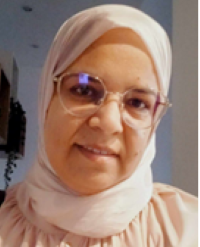
As a new WOAH Collaborating Centre for field epidemiology, we are committed to promoting animal health and contributing to the implementation of WOAH Standards. Our mission is to improve animal and zoonotic disease surveillance to reduce risks to human health, strengthen diagnostic capacity, and support research initiatives to mitigate the impact of these diseases. We look forward to collaborating with WOAH, other Reference Centres and our international partners to promote animal health and welfare.
WOAH Collaborating Centre for Reference Materials of Molecular Diagnostic Techniques in Aquatic and Terrestrial Animal Diseases, Korea (Rep. of)
Dr Hyoung-Jun Kim for aquatic animal diseases and Dr Kyoung-Ki Lee for terrestrial animal diseases, The National Institute of Fisheries Science, NIFS, under the Ministry of Oceans and Fisheries, MOF and Animal and Plant Quarantine Agency, under the Ministry of Agriculture, Food and Rural Affairs, MAFRA, Korea (Rep. of)
A word from our new Reference Laboratories
WOAH Reference Laboratories are designated to pursue all the scientific and technical problems relating to a named animal disease or specific topic. Below is a description of our new Reference Laboratories and their expertise.
WOAH Reference Laboratory for sheep pox and goat pox, Belgium

The WOAH Reference Laboratory for sheep pox and goat pox, which is also the European Union Reference Laboratory for Capripox viruses, has the expertise and necessary infrastructure for laboratory diagnosis, genome characterisation and large animal experimentation with both viruses. The laboratory provides expert advice and provision of training to assist in diagnostic capacity building and is able to organise proficiency testing. It also provides expertise and services to ensure that high-quality vaccines are available and used for sheep pox and goat pox control. Its research focuses on sheep pox and goat pox virus transmission, vaccine safety and efficacy and induced immune responses with the goal to improve diagnostics and control tools.
WOAH Reference Laboratory for rabies, Chinese Taipei

Thanks to WOAH, this Reference Laboratory for rabies is the result of the fruitful implementation of a WOAH Laboratory Twinning Project that took place from 2018 to 2022 (Laboratory Twinning Programme – WOAH – Asia). Since the discovery of ferret badger rabies in 2013, the laboratory established sound rabies diagnostic and testing procedures and has gained international recognition.
Over the next five years, the laboratory expects to deepen regional participation and contribution by continuing to organise proficiency testing for rabies diagnosis and provide training activities to promote the use of recommended testing procedures. The Reference Laboratory looks forward to working closely with WOAH and all our partners to support rabies diagnosis, surveillance, capacity building and control.
WOAH Reference Laboratory for tularemia, Germany

The German national reference laboratory (NRL) for tularemia was established in 2009 at the Friedrich-Loeffler-Institut, Institute for Bacterial Infections and Zoonoses, Jena, Germany to provide high-quality and modern diagnostics to official laboratories of the federal states. The NRL has extensive experience in the diagnosis of tularemia and typing of the causative agent Francisella tularensis. The NRL publishes the ‘official collection of procedures for sampling and examining test material of animal origin with regard to notifiable animal diseases’ which is based on WOAH Standards. It also carries out national interlaboratory tests to assure best practice nationwide. Consequently, it is accredited in accordance with DIN-ISO 17025. The tularemia working group contributes to the study of epidemiology, supports clarification of suspected cases, provides advice to veterinary authorities and promotes research on Francisella biology.
The designated expert, Dr Herbert Tomaso, is Deputy Director of the Institute of Bacterial Infections and Zoonoses since 2008 and the Head of the laboratory for tularemia since 2009.
The key objectives will be to:
- Harmonise, standardise and validate diagnostic assays.
- Contribute to the worldwide databank on genomic data.
- Provide expertise and training in relation to diagnosis, surveillance and control.
- Support national laboratories in relation to diagnostics.
- Provide scientific and technical expertise on issues related to early preparedness and effective response.
- Promote material sharing to support validation of diagnostic methods and sequencing efforts.
WOAH Reference Laboratories for peste des petits ruminants (PPR) and leptospirosis, India

The Indian Council of Agricultural Research, National Institute of Veterinary Epidemiology and Disease Informatics (ICAR-NIVEDI) is a premier national institute in India dedicated to the surveillance and monitoring of livestock diseases and animal health information. Located in Bengaluru, ICAR-NIVEDI hosts the newly nominated WOAH Reference Laboratories for PPR and leptospirosis. Dr V. Balamurugan is the Designated Expert for these two laboratories.
Aims and objectives
- Enhancing diagnostic capabilities: develop and implement advanced diagnostic technologies to improve the speed and accuracy of PPR and leptospirosis diagnosis. Expand diagnostic services to support neighbouring countries in disease control efforts. These laboratories routinely employ diagnostic assays such as PPR ELISA for the detection of virus/antibodies, isolation and molecular characterisation, VNT, RT-PCR and real-time RT-PCR for the detection of PPR virus, and the microscopic agglutination test, PCR and RT-PCR for Leptospira detection.
- Advancing research and development: conduct pioneering research on transmission dynamics, vaccine efficacy, and molecular epidemiology. Collaborate with international reference laboratories to share expertise and best practices. The laboratories are also involved in development of rapid diagnostics, such as the latex agglutination test, and diagnostic ELISAs. These laboratories routinely conduct molecular epidemiology studies of PPRV and Leptospira in India.
- Capacity building and training: organise regular training programmes and workshops for veterinarians and researchers to enhance diagnostic and epidemiological skills. Develop educational materials and technical guidelines for effective disease control.
- Global health initiatives support: contribute to WOAH’s mission by providing high-quality diagnostics, engaging in impactful research, and building veterinary community capacity. Promote collaborative approaches to ensure livestock and public health well-being.
The two Reference Laboratories are committed to improving animal health through advanced diagnostics, capacity building and innovative research. By supporting WOAH’s goals, the institute contributes to global efforts in managing PPR and leptospirosis, ultimately enhancing animal and public health outcomes worldwide.
WOAH Reference Laboratory for rabies, Italy

This WOAH Reference Laboratory for rabies – also the UN-FAO Reference Centre for rabies – has the expertise and the necessary infrastructure to accomplish its new mandate. Over the years, the activities carried out at the Reference Laboratory have mainly focused on building Veterinary Services and laboratories’ capability to accurately diagnose rabies, with special emphasis on finding innovative strategies that are fit for purpose and applicable to remote areas. The major goal of the Reference Laboratory is to make its expertise available to WOAH, working in collaboration with the RABLAB network, to ultimately support endemic partners in achieving the goal of eliminating dog-mediated human rabies by 2030.
WOAH Reference Laboratory for salmonellosis, Namibia
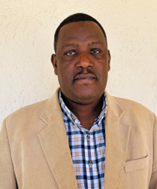
The Central Veterinary Laboratory (CVL) is a national veterinary diagnostic laboratory under the Directorate of Veterinary Services in the Ministry of Agriculture, Water, and Land Reform in Windhoek, Namibia. Accredited to the ISO 17025:2017 standard, it is the only laboratory in the country responsible for providing veterinary diagnostic services in animal health and veterinary public health to the agricultural industry.
As a new WOAH Reference Laboratory for salmonellosis, CVL aims to contribute to global efforts to control and reduce the prevalence of Salmonella in food and food products, animal feeds and humans. The laboratory is committed to supporting initiatives that promote food safety, prevent the spread of food-borne diseases, and facilitate food and feed trade by complying with international standards and regulations. Leveraging its expertise and infrastructure, CVL looks forward to assisting WOAH Members, particularly in neighbouring countries and the region, in strengthening their food safety systems, conducting disease surveillance and enhancing laboratory capacity for Salmonella testing. To achieve these objectives, CVL will use various methods for the detection and characterisation of Salmonella, including conventional culture methods and molecular-based techniques. Additionally, CVL will focus on establishing a Salmonella culture bank in collaboration with local laboratories and other laboratories in the region.
WOAH Reference Laboratory for theileriosis, South Africa
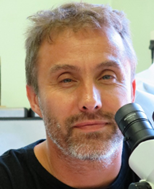
The WOAH Reference Laboratory for theileriosis has the expertise and necessary infrastructure for laboratory diagnostics, genomic characterisation and surveillance of Theileria parva (T. parva), the causative agent of East Coast fever, Corridor disease and Zimbabwean theileriosis, as well as other Theileria parasites. The laboratory provides expert advice and provision of training to assist in diagnostic capacity building and is able to organise inter-laboratory testing. The Reference Laboratory provides expertise and services to ensure accurate serological and molecular diagnostics for T. parva. Its research focus on the epidemiology of Corridor disease, the carrier state and genetic diversity of Theileria in mammalian hosts.
We thank our new Reference Centres for their valuable contributions, and we look forward to our collective collaboration.
For more information about WOAH Reference Centres, please contact scientific.dept@woah.org




